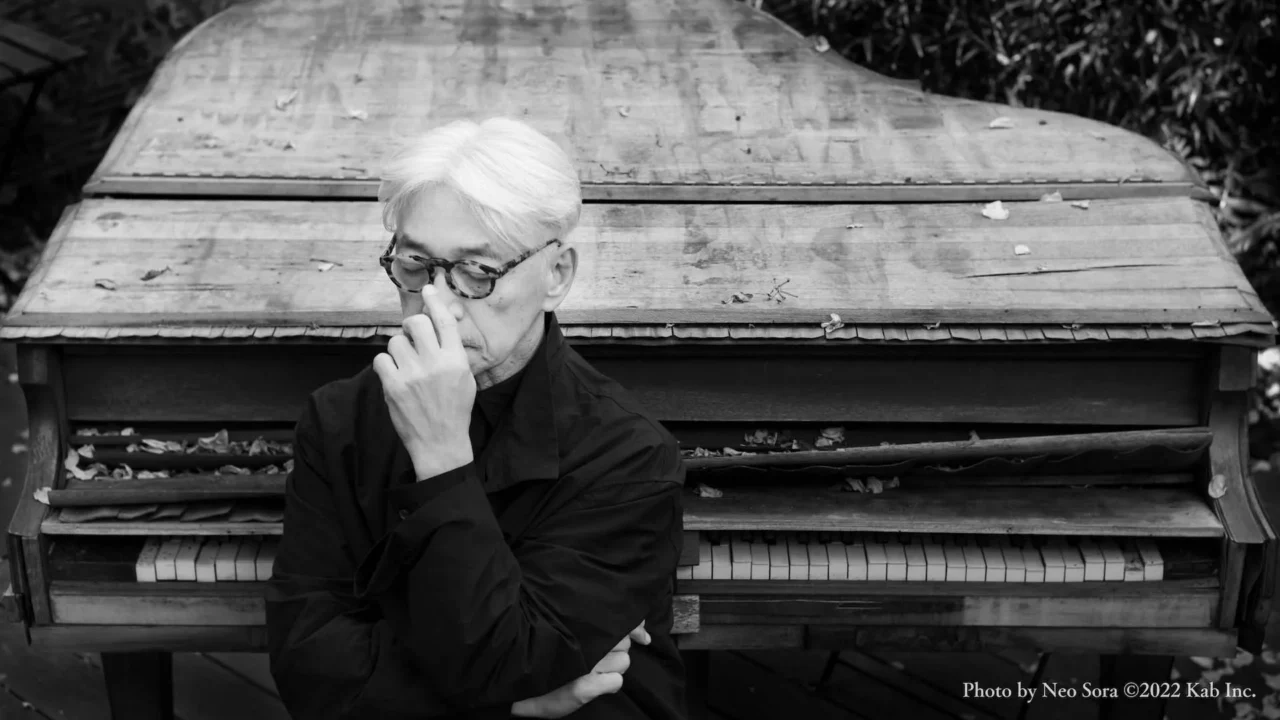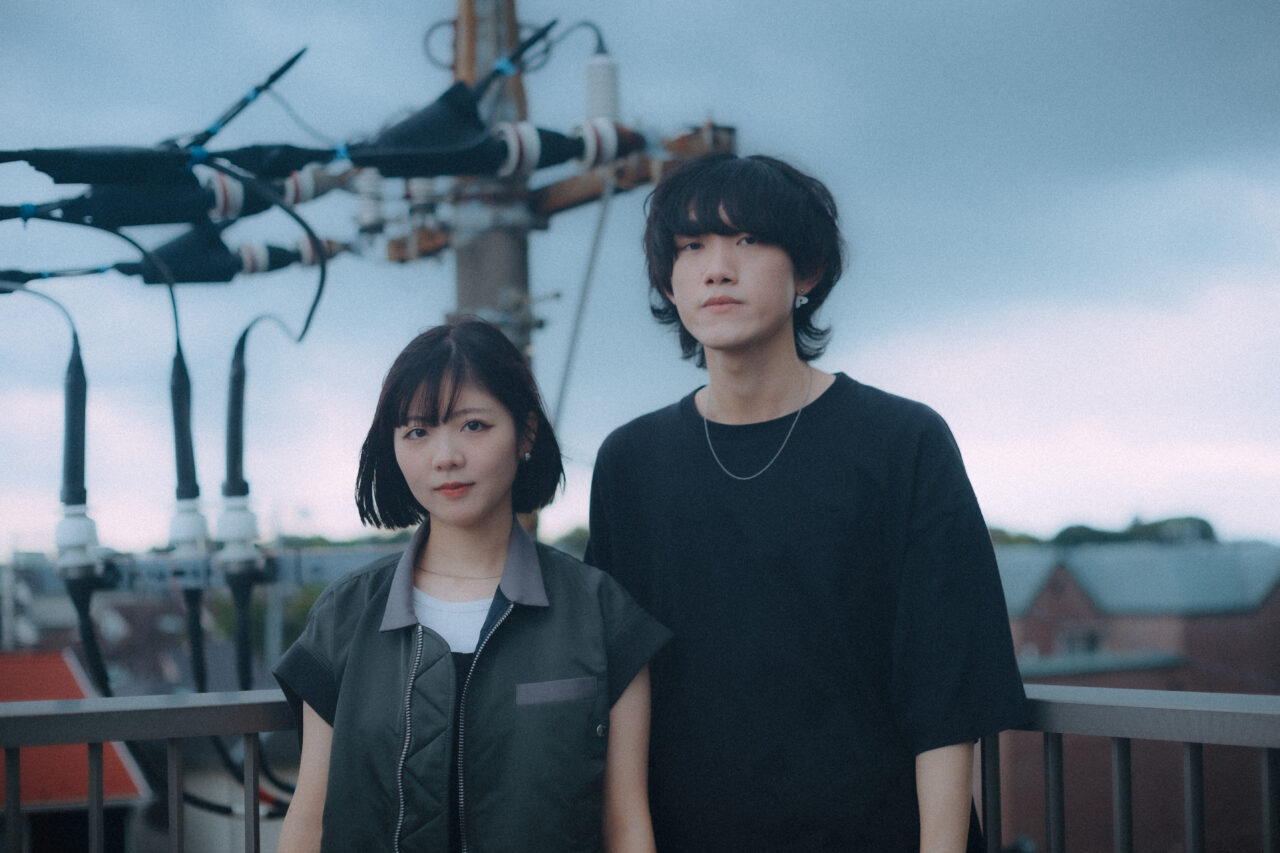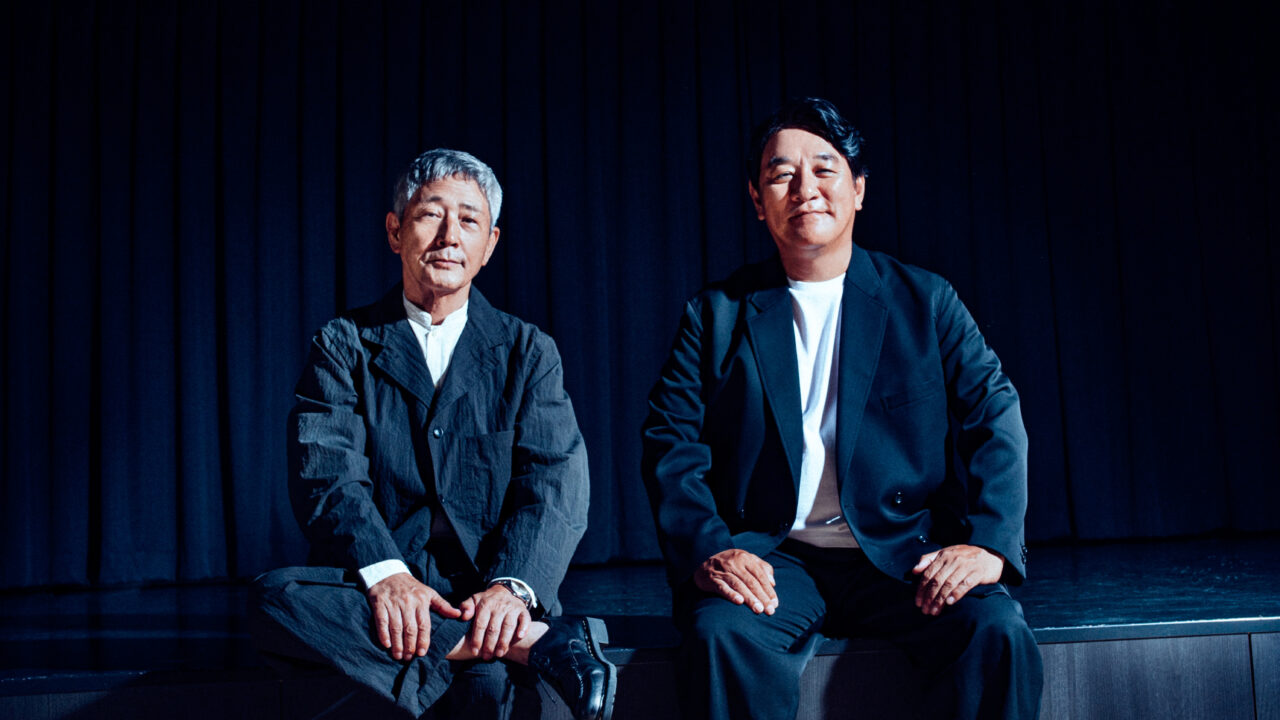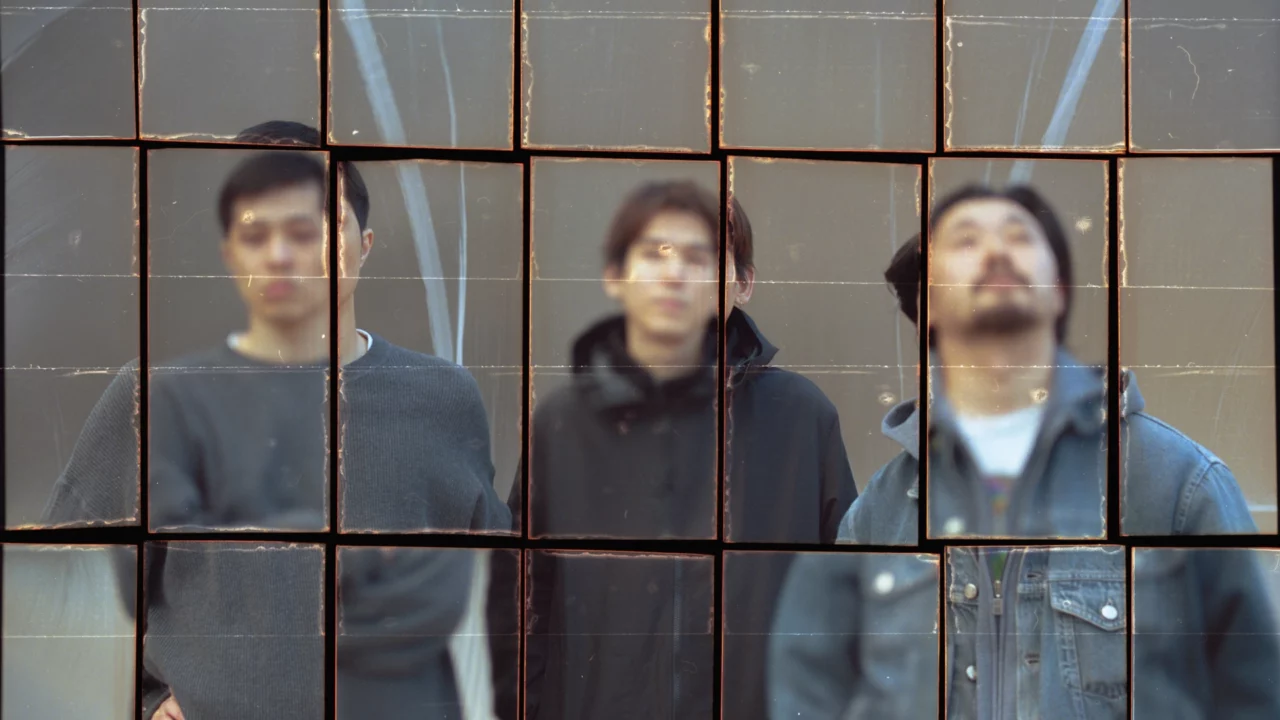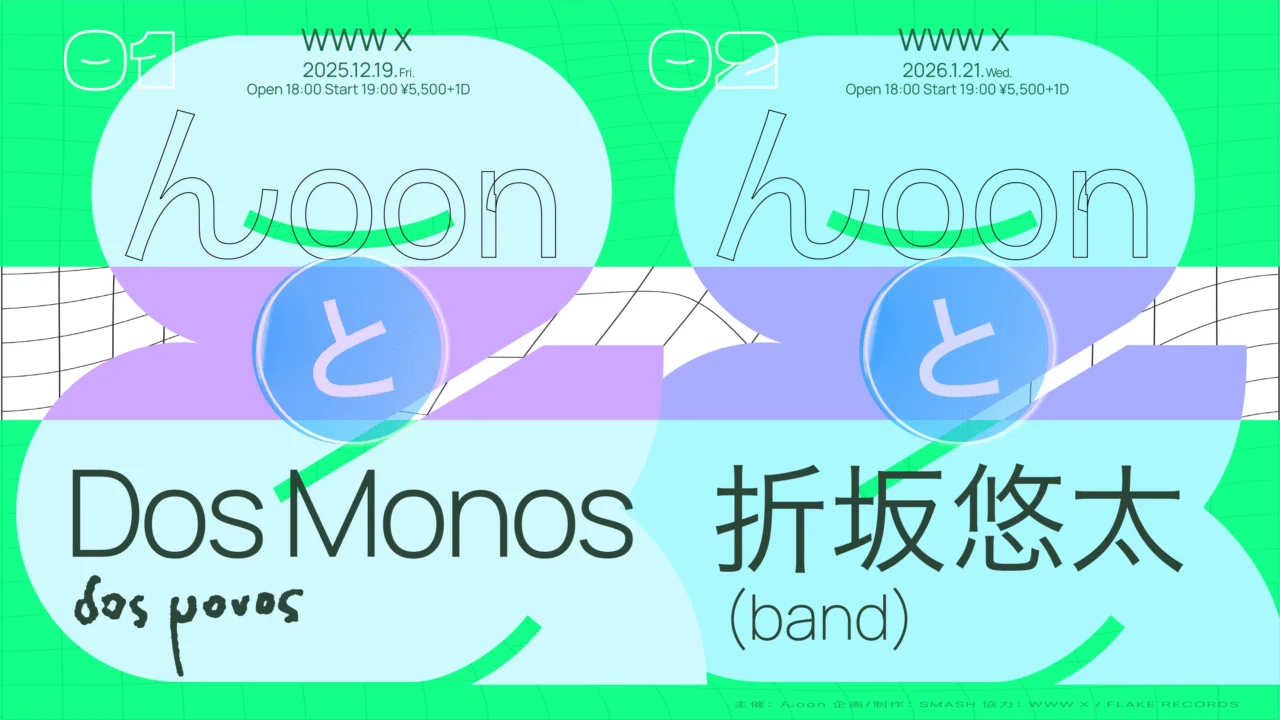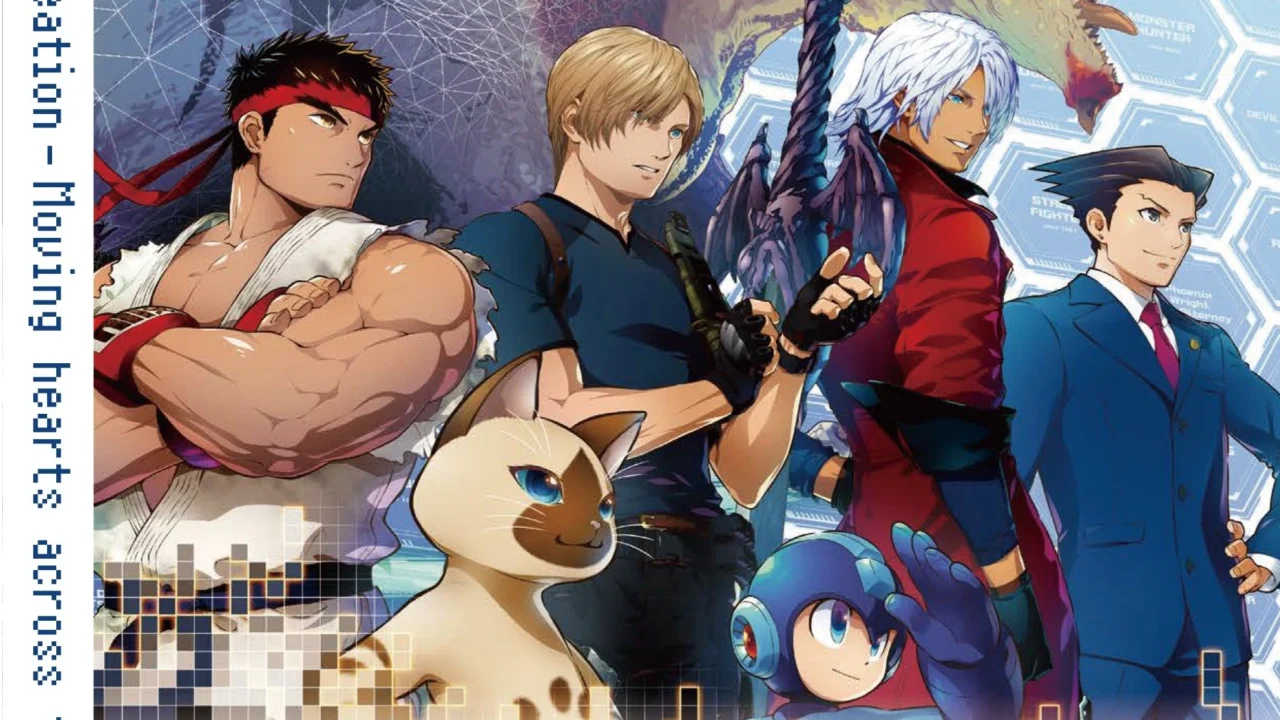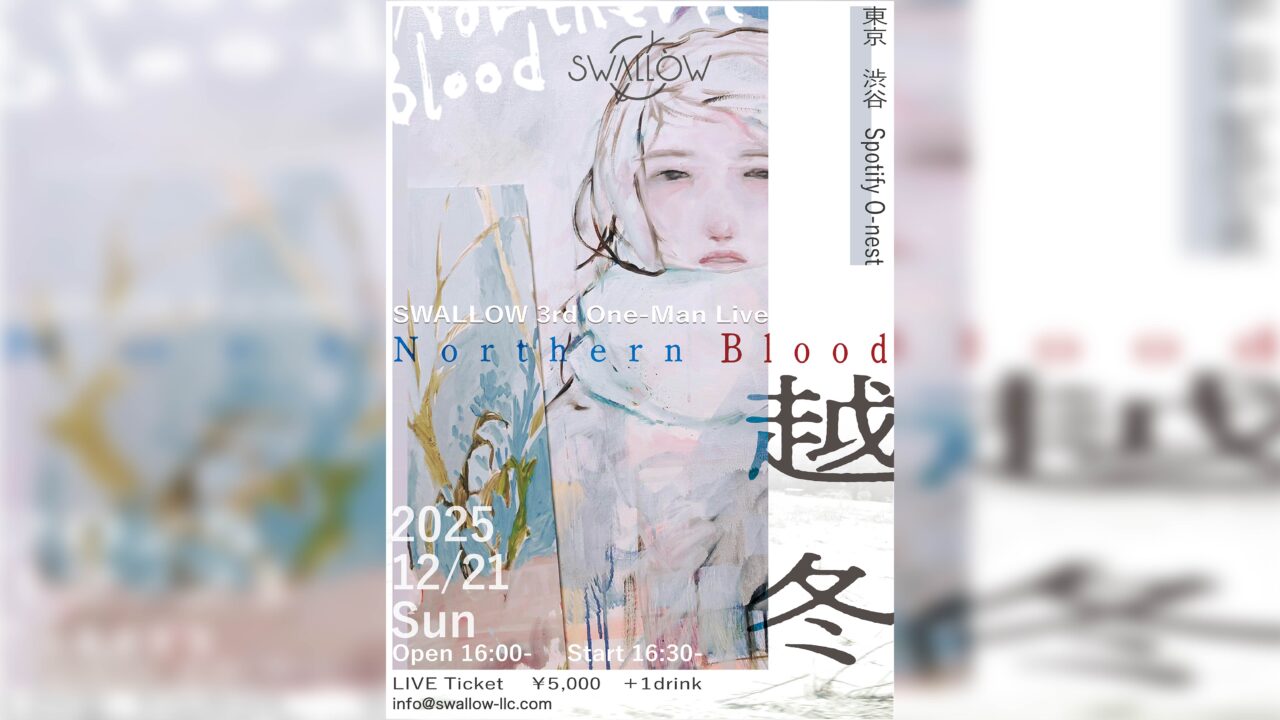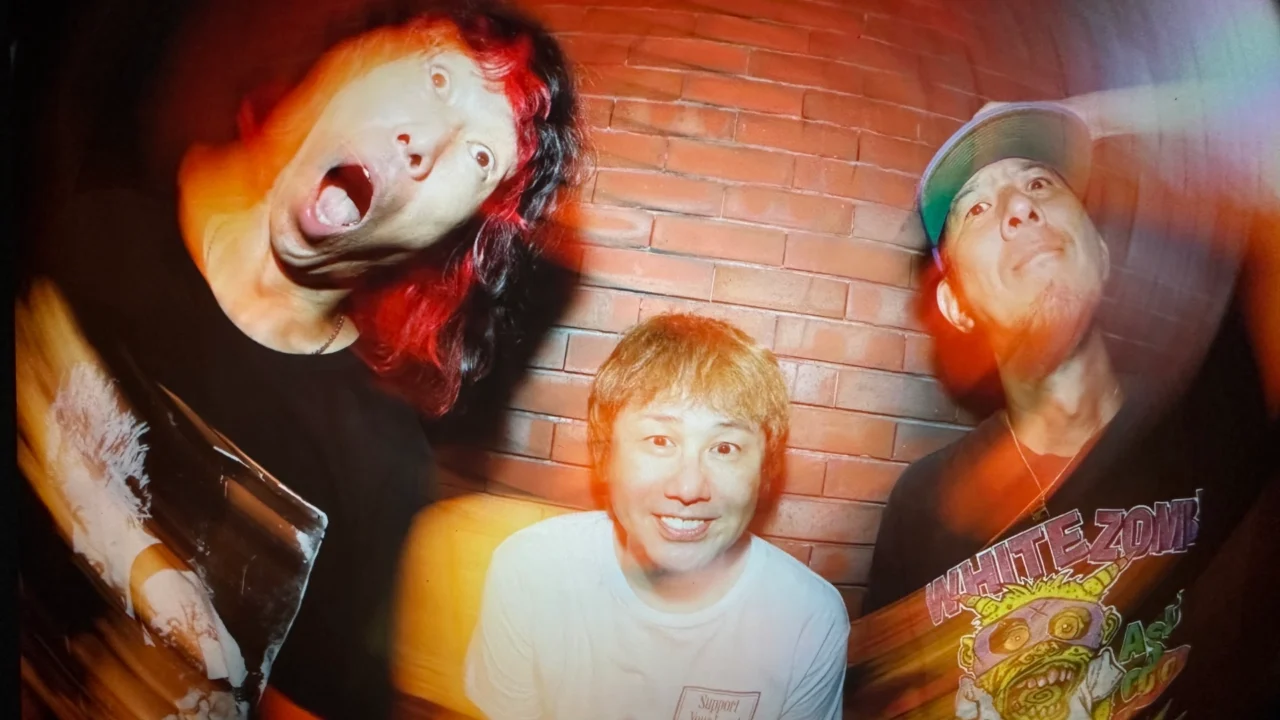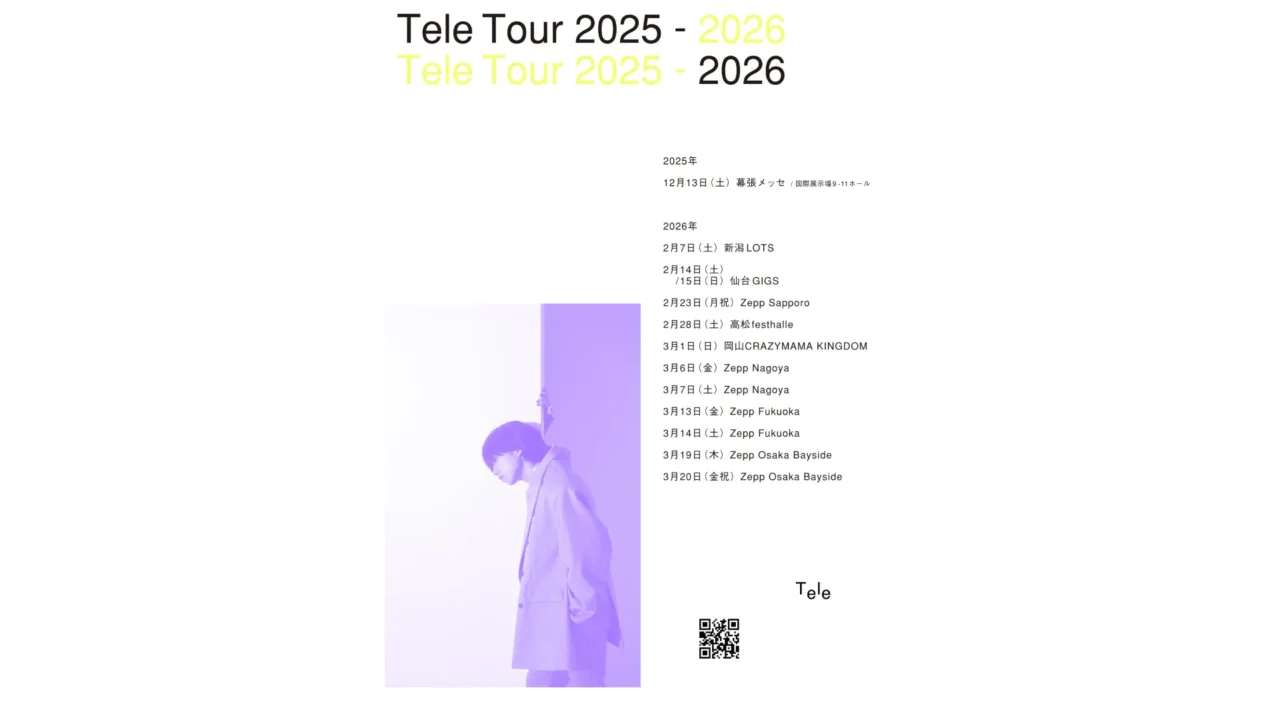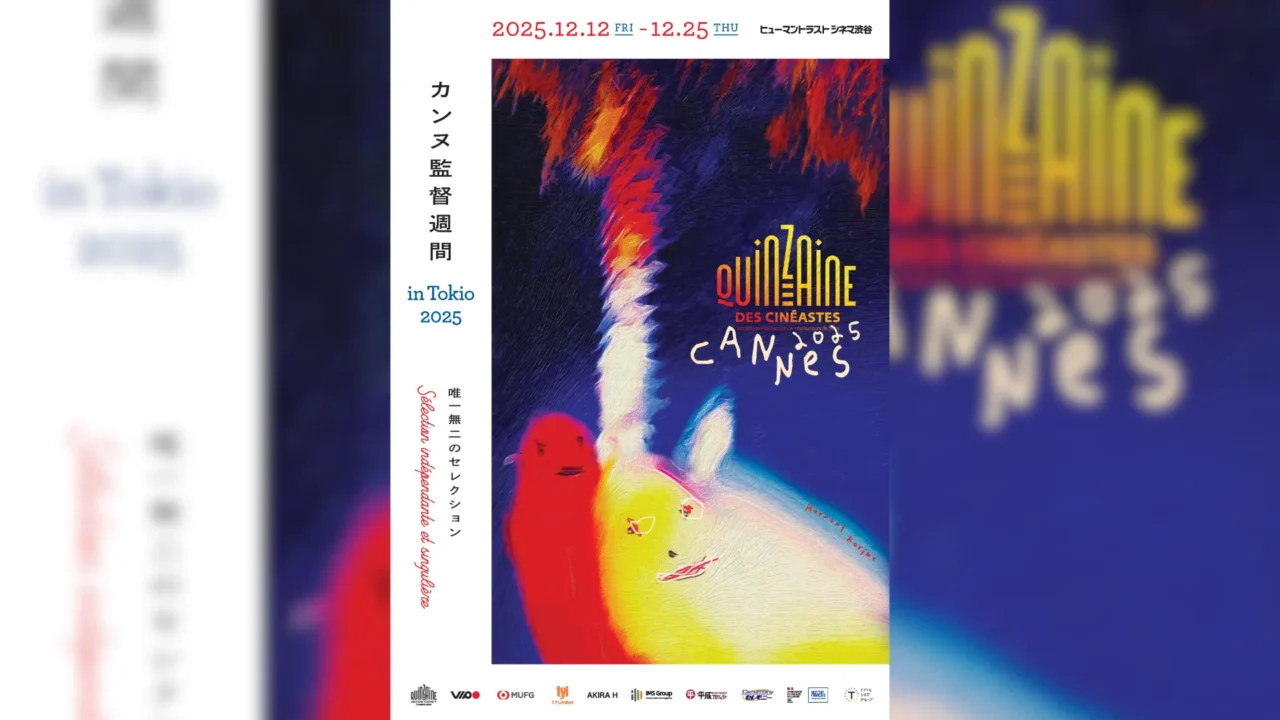Kyoto is a city where history, culture, and tourism intertwine and has long been a vibrant stage for art festivals throughout the year. But since the 2010s, one festival has set the gold standard: KYOTOGRAPHIE Kyoto International Photography Festival. Born from the vision of Lucille Reyboz and Yusuke Nakanishi, partners in both life and creativity, KYOTOGRAPHIE launched in 2013 with the backing of CHANEL Nexus Hall, blending luxury and art in ways that only deepen with time. This year, the spotlight shines brightly on Graciela Iturbide’s exhibition made possible through DIOR’s support—an inspiring testament to the festival’s growing global resonance.
What makes KYOTOGRAPHIE unique is not just its stunning venues including ancient temples, shrines, and historic architecture but its foundation as a purely private initiative, a true collaboration between individuals and enterprises. While many cultural events now lean on government partnerships, KYOTOGRAPHIE remains fiercely independent, a rare gem in Japan’s contemporary art scene.
Amidst Japan’s challenges such as demographic shifts, economic uncertainty, and complex social tensions, efforts to revitalize regions through tourism are often wrapped in the language of “soft power” or “content.” These efforts surge forward sometimes precariously, caught in the tides of global economics and cultural friction. Yet within this landscape, KYOTOGRAPHIE stands as both a beacon and a mirror, inviting us to consider what art can truly offer in times of change.
As we reflect on the festival’s journey, its successes, and its place in today’s cultural dialogue, we embrace a nuanced view, celebrating its brilliance while acknowledging the complexities it navigates.
INDEX
KYOTOGRAPHIE 2025 Opens Its Doors at Kyoto Station
The theme of this year’s KYOTOGRAPHIE is “HUMANITY.” A striking representation of this is JR’s JR Chronicle Kyoto 2024, displayed along the walls of the north passageway at JR Kyoto Station.

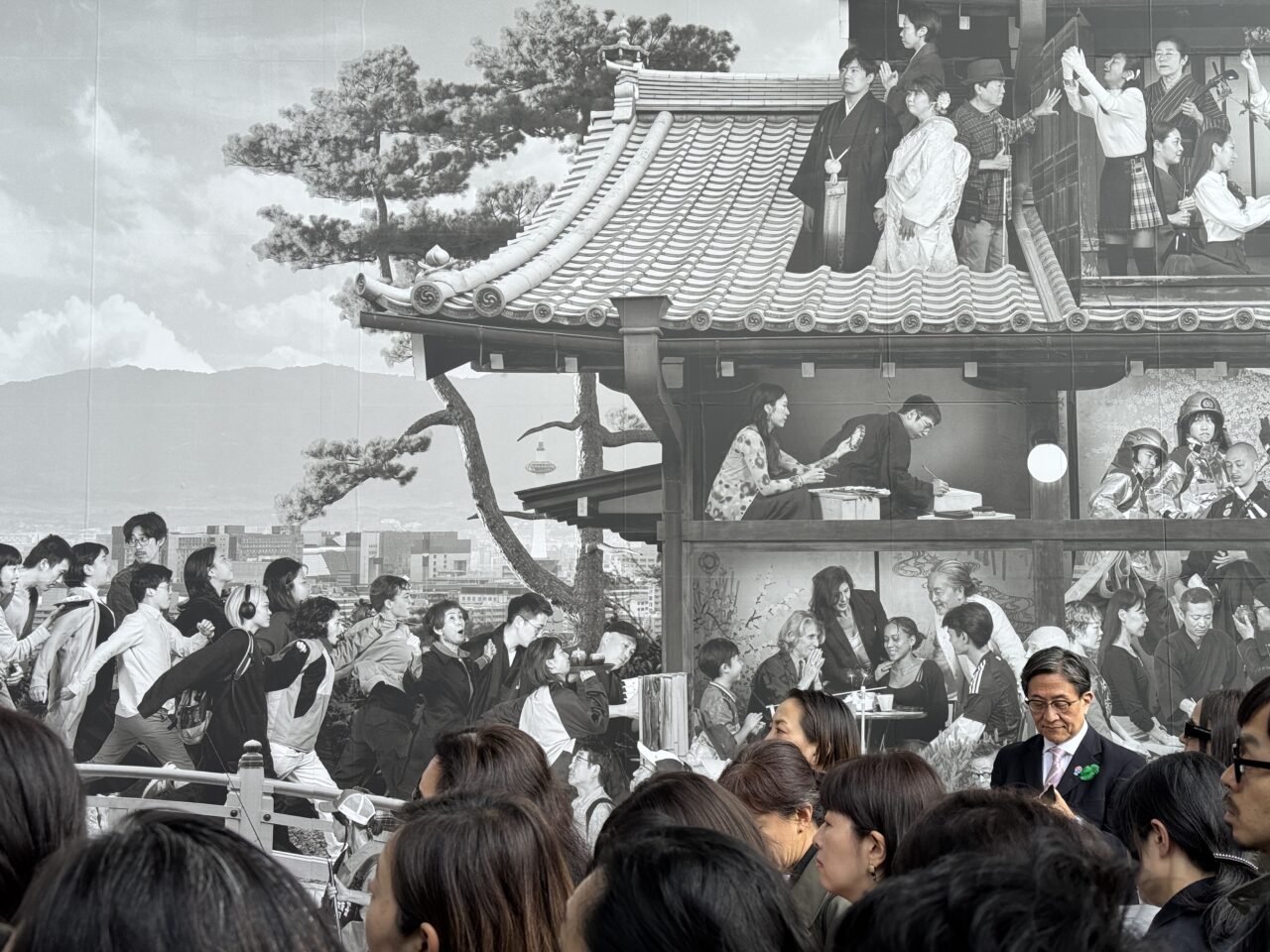

The Kyoto version of the “Chronicle” series, which photographs numerous people across cities worldwide and creates collage-like epic images for each city. It is a group portrait depicting 505 diverse residents of Kyoto—including monks, geiko, craftsmen, and drag queens.
Additionally, JR is presenting related exhibitions in the Kyoto Shimbun Building on Basement Level 1 and Level 1. Alongside an overview of past “Chronicle” series works and the Kyoto edition, the exhibition features a powerful installation that dramatically enlarges images of the Kyoto residents featured in this project. The Kyoto Shimbun Building’s Basement Level 1 has hosted various art events before, but this exhibition makes full use of the space’s unique characteristics to deliver its most impressive presentation yet.
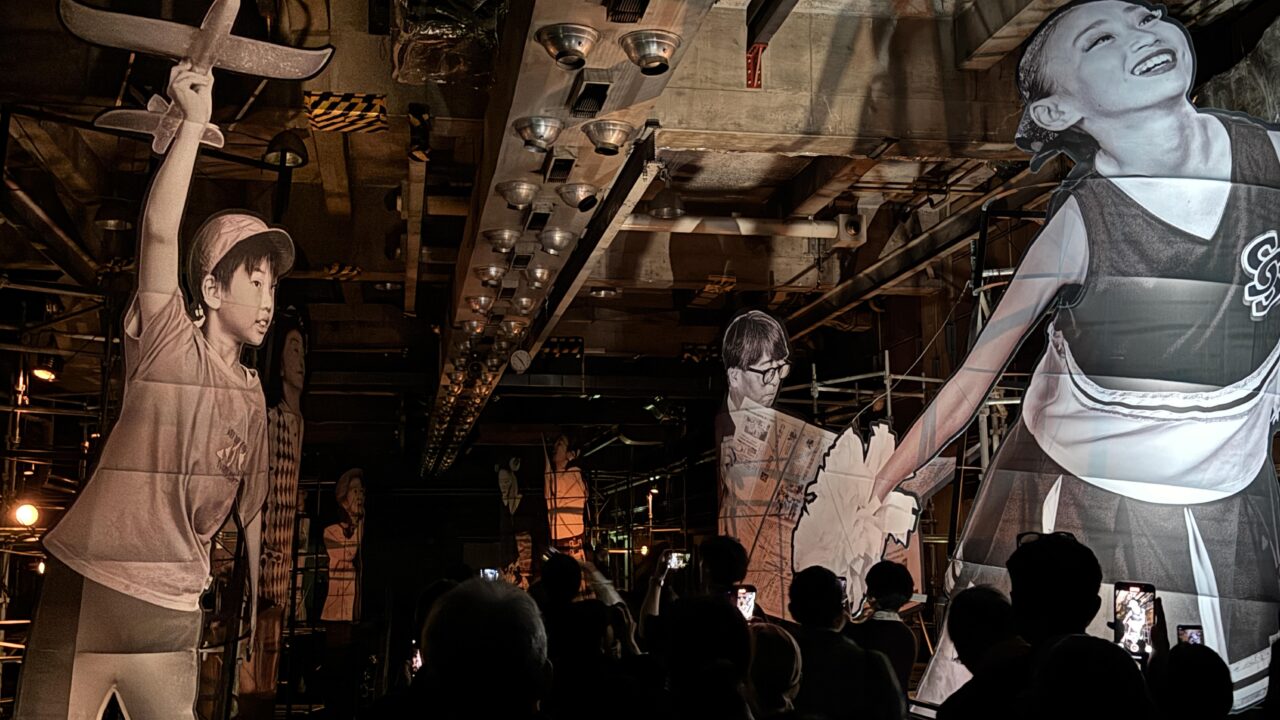

The annex of the Kyoto City Museum of Art hosted the first-ever retrospective exhibition in Japan of Graciela Iturbide, a leading photographer from Mexico.
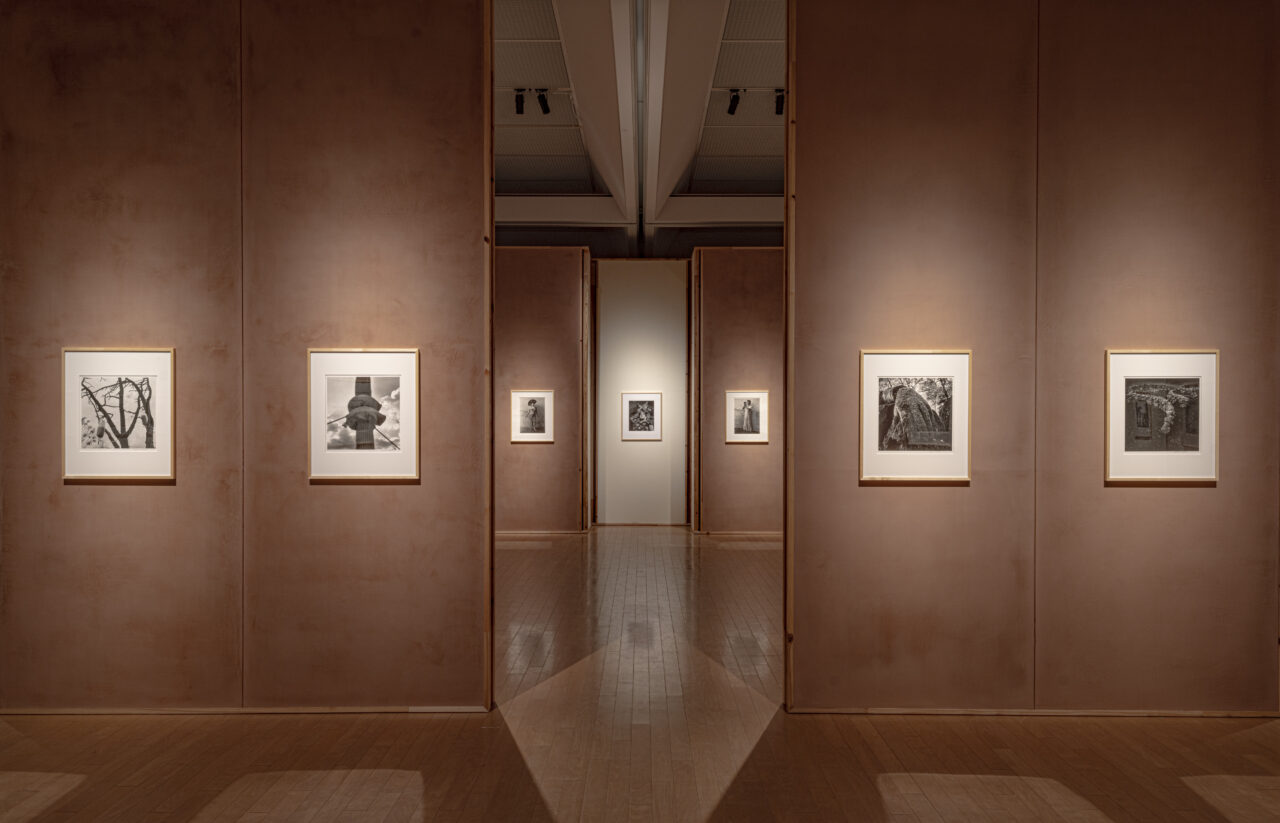
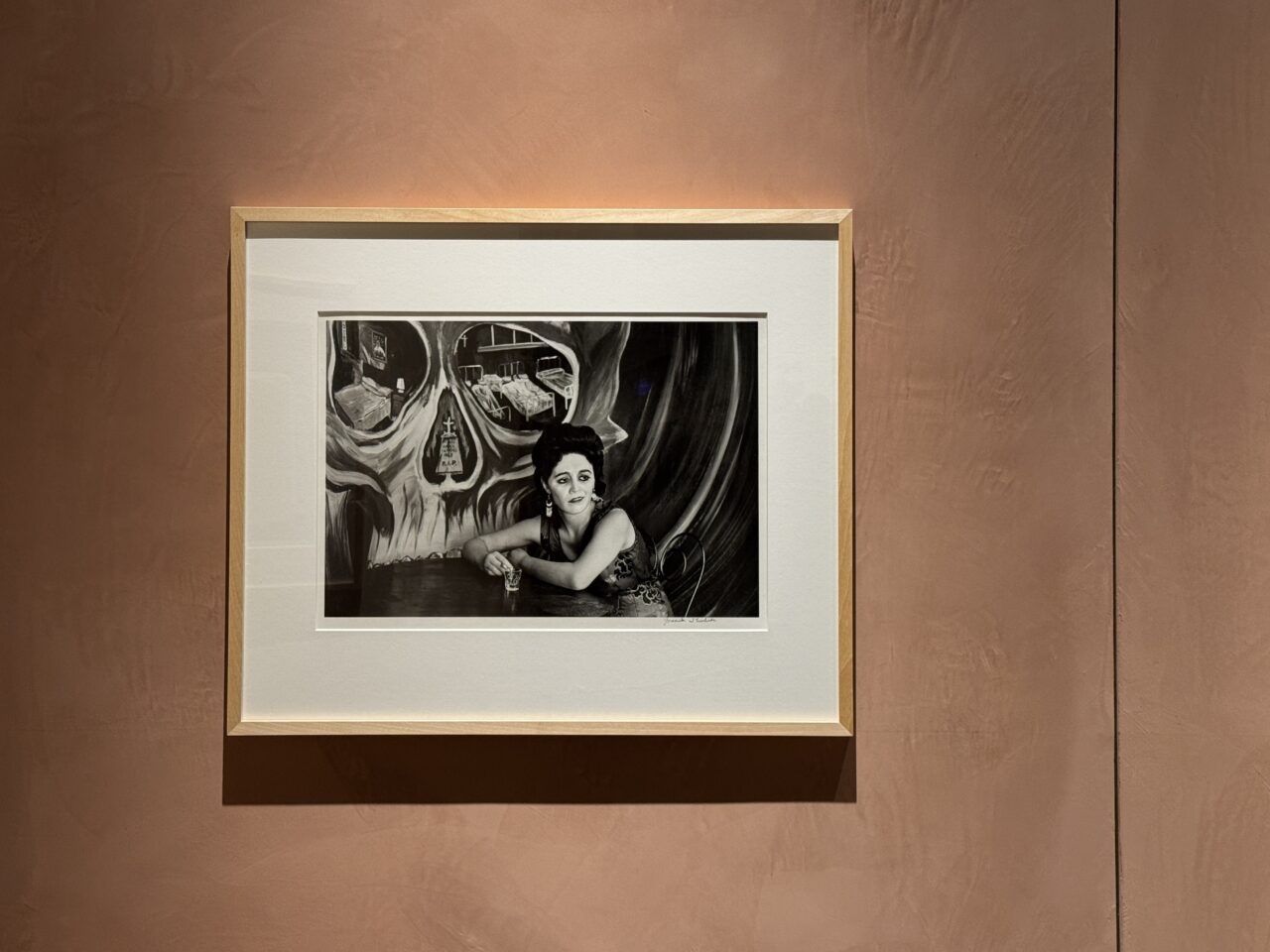
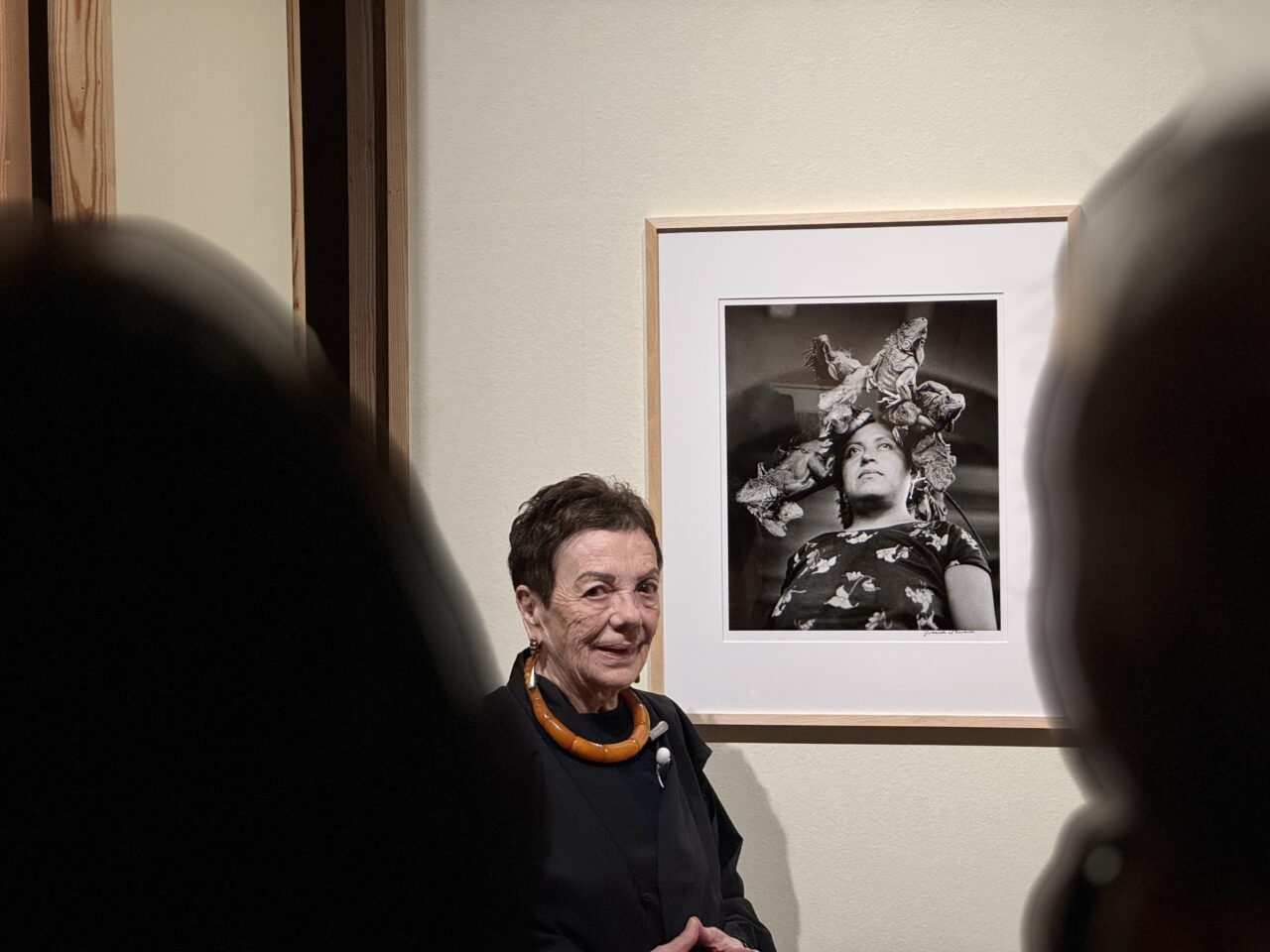
This was my standout favorite exhibition of the festival. Iturbide, known for her portraits and landscapes, spent part of her early career photographing indigenous communities living in the Mexican desert. Their lifestyle, firmly grounded in tradition, also effortlessly incorporates contemporary influences. The resilience and elegance captured in the exhibition truly moved me.
TIME’S Commercial Building by Tadao Ando Serves as a Venue
One of KYOTOGRAPHIE’s defining features is the creation of unique exhibition spaces through scenography each year. For Iturbide’s exhibition, earthen walls crafted by plastering artisan Yuki Kuzumi—who also worked on the title visuals for the historical drama Sanadamaru—beautifully complemented the artworks. Imagining the budget spent here is dizzying, yet the refined luxury never felt excessive and only enhanced the world of the works.
At Gallery Sokei, visitors could see Father, Mother, and Me by Taiwanese photographer Liu Xingyou.
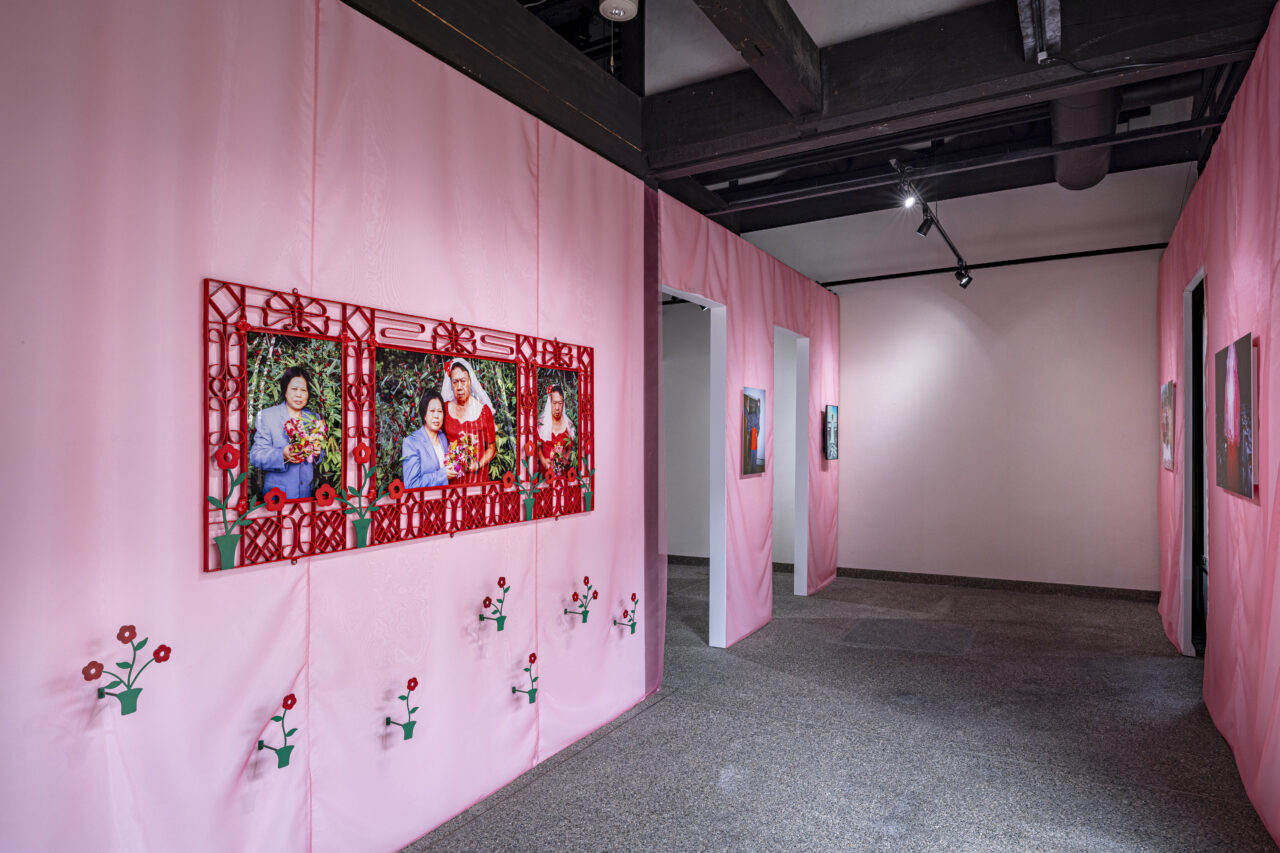

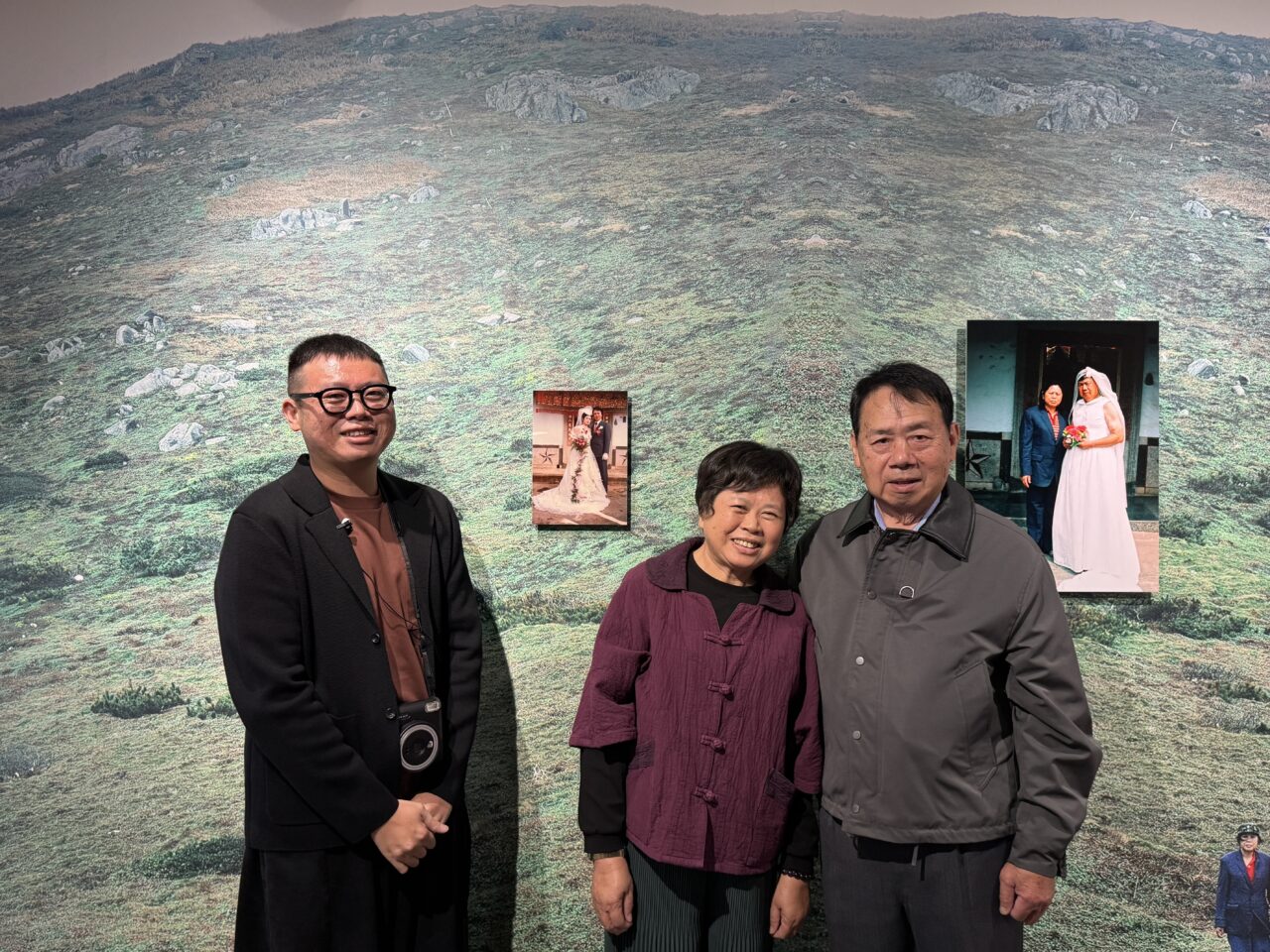
Working in collaboration with their parents, the artist creates portraits that at times involve the exchange of gender roles and relationships. This process serves both as a way to explore their own gender identity and to reexamine the dynamics within their family. “Through art, I want to offer an alternative path—and for me, walking that path with my parents is what art is all about,” the artist shared, revealing the deep personal resonance behind their practice.
At TIME’S, a commercial building in central Kyoto known for its architecture by Tadao Ando—, Martin Parr’s Small World is exhibited alongside Tamaki Yoshida’s Echoes from the Soil: Tsuchi wo Tsugu.
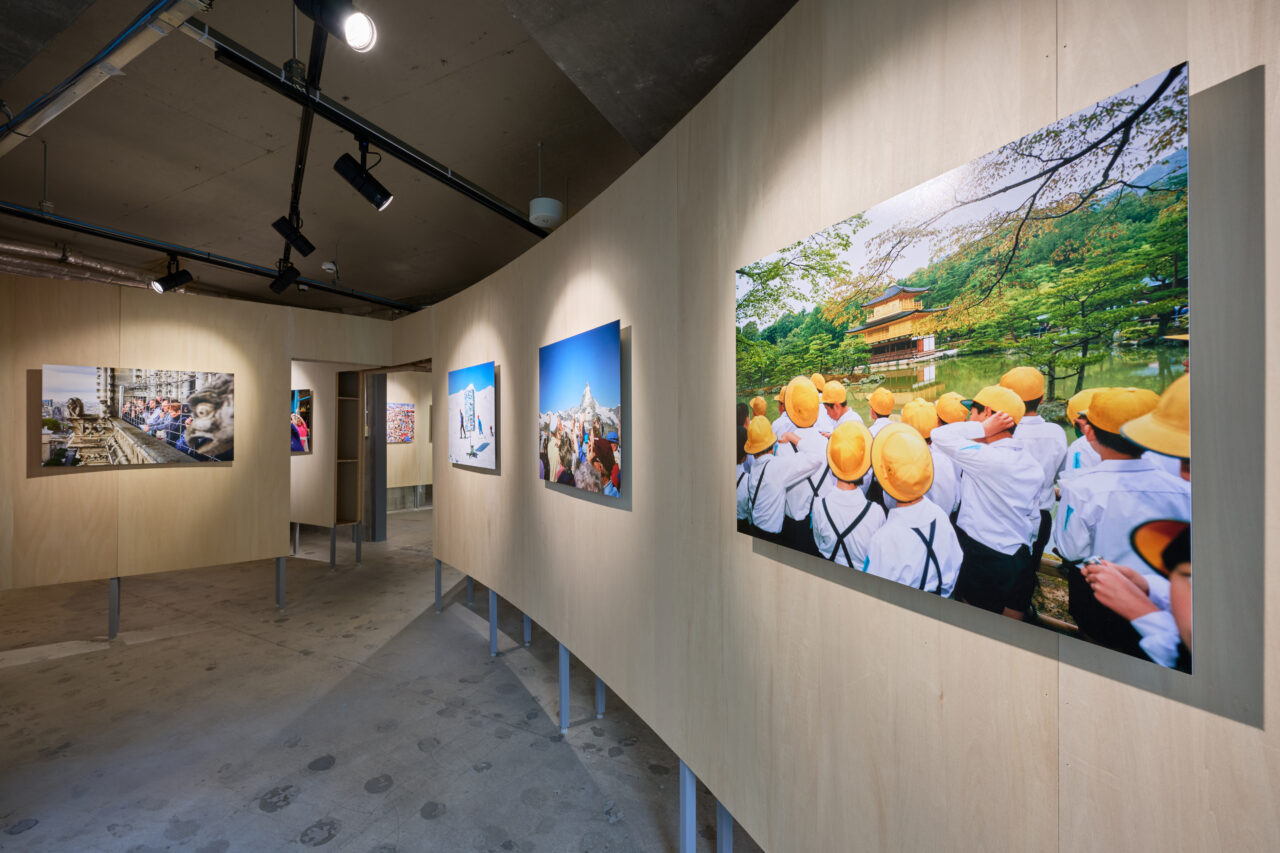
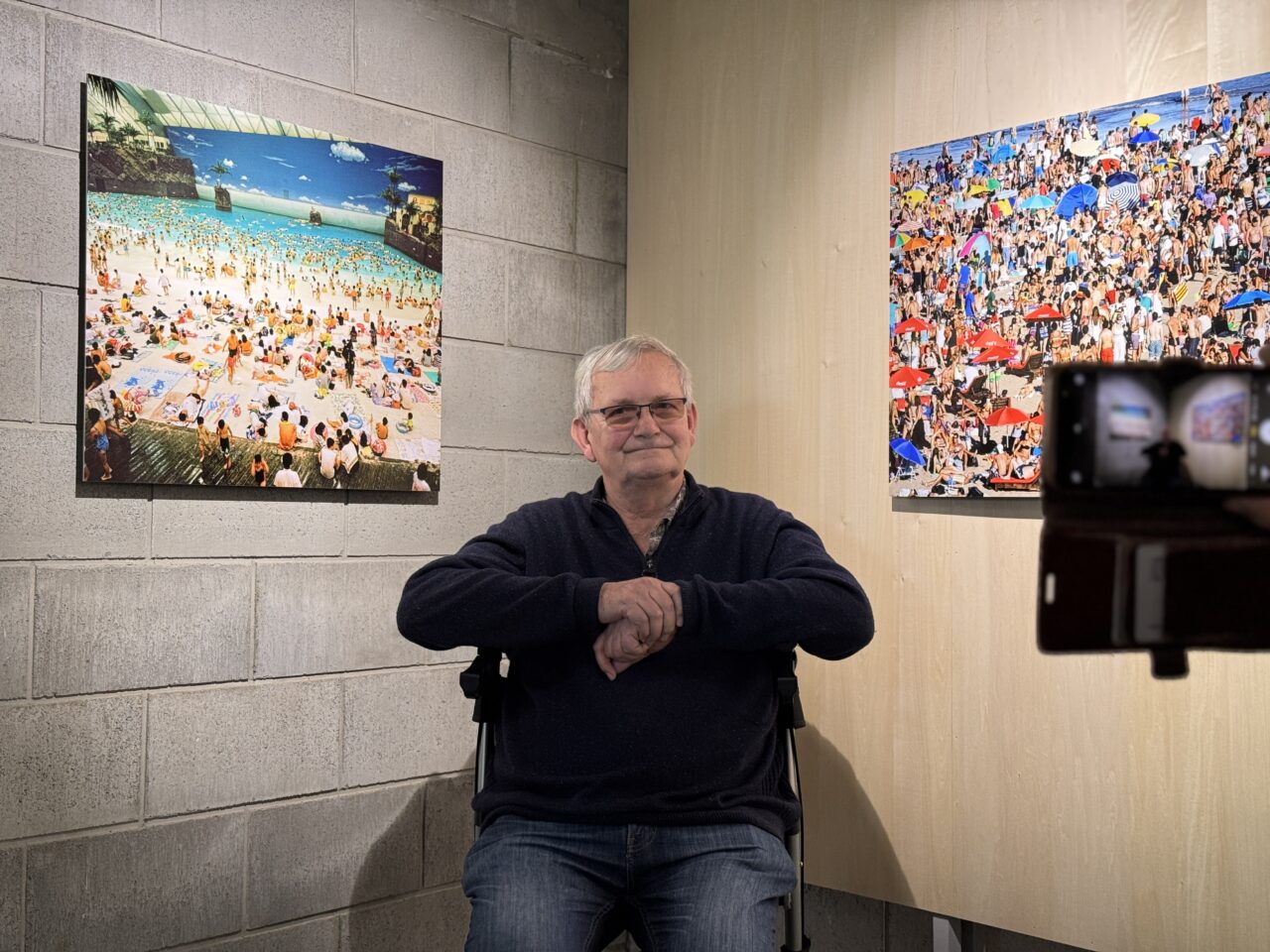
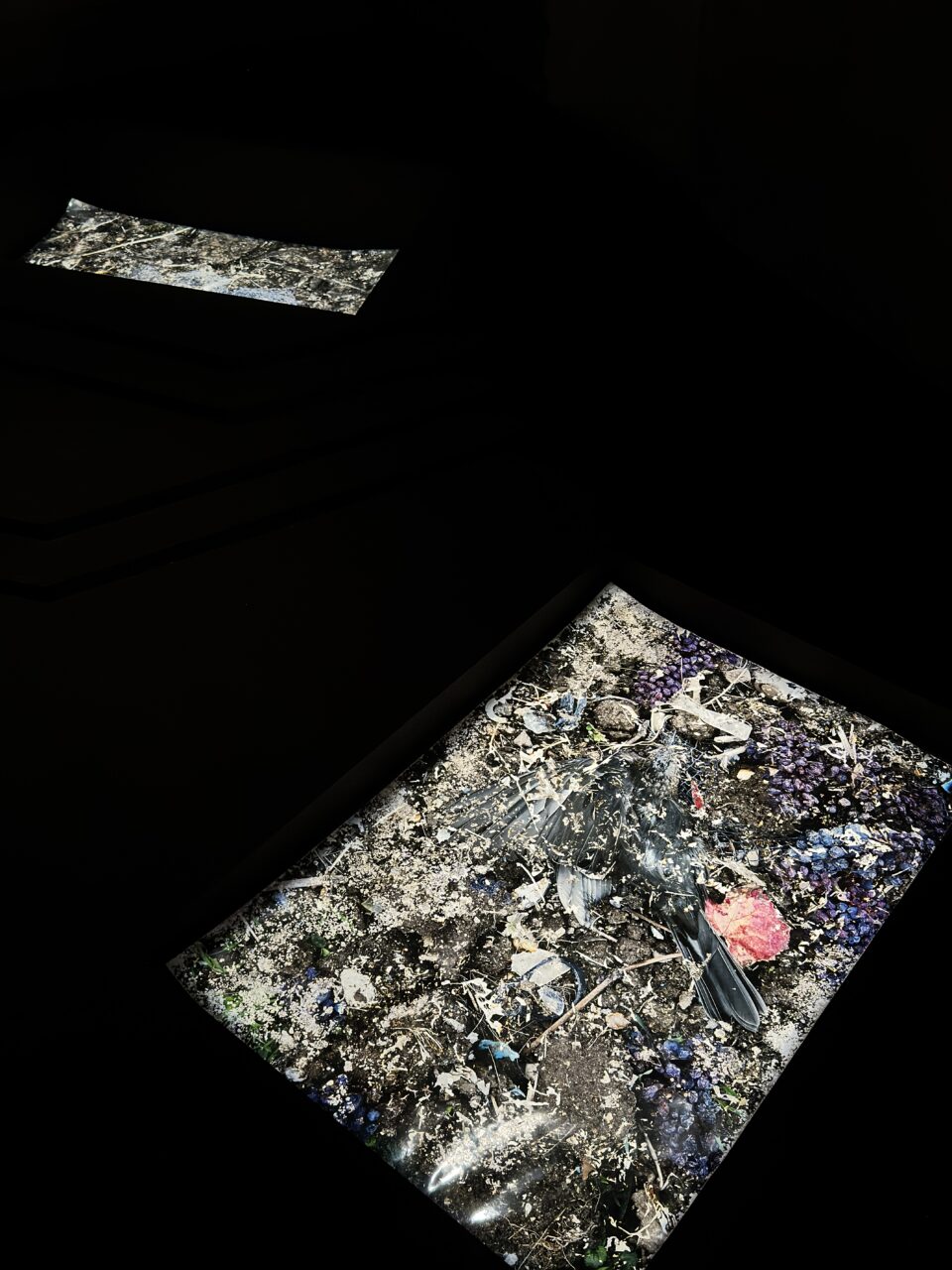
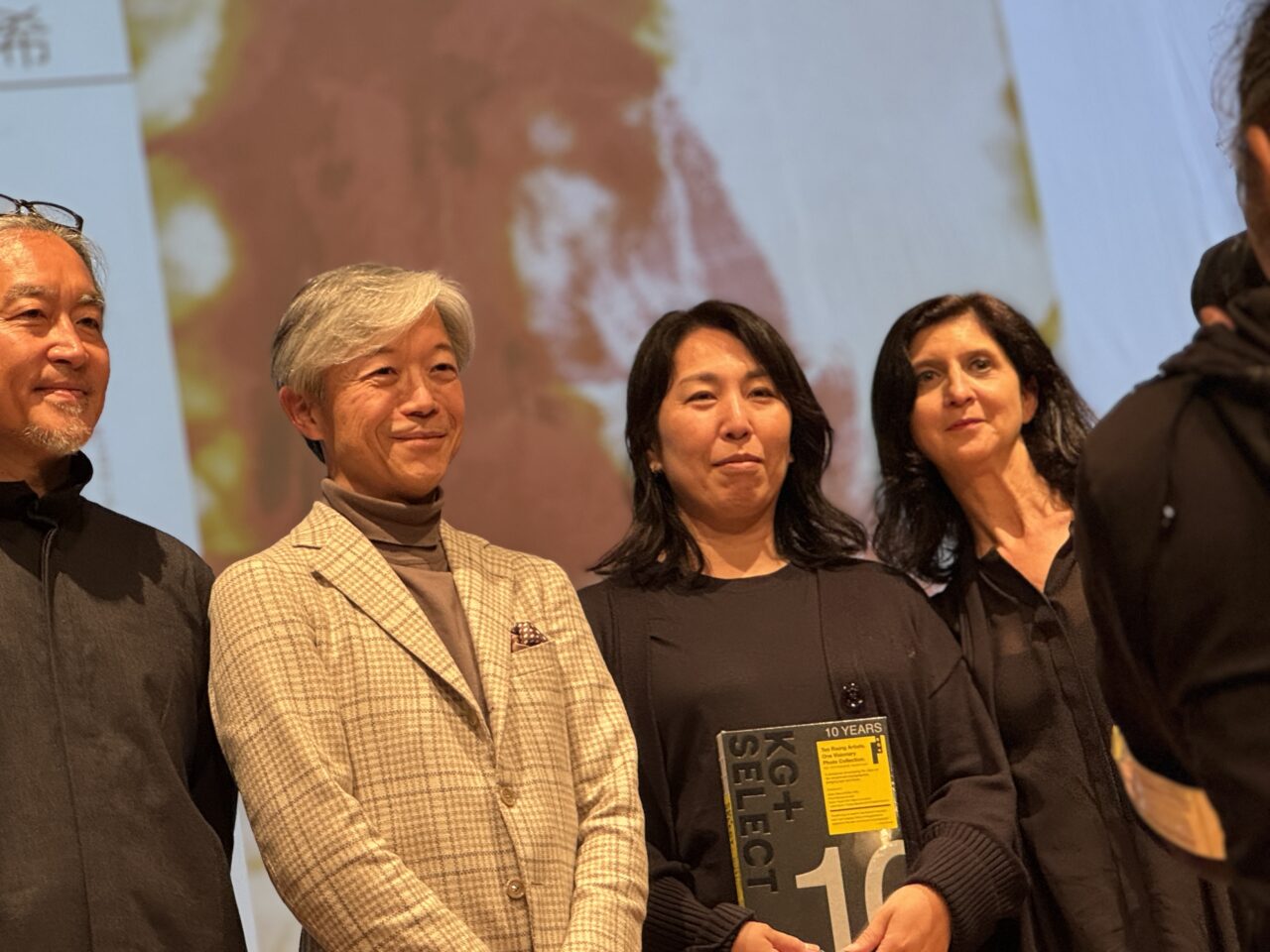
Martin Parr, a legendary photographer and photography historian, has spent much of his career exploring the theme of tourism. His distinctive style—marked by a sharp mix of humor and irony—has inspired generations of followers. For this exhibition, alongside his iconic works, Parr presents new images capturing Kyoto at the height of cherry blossom season, offering a wry take on the city overwhelmed by overtourism.
On the other hand, Tamaki Yoshida showcases a project developed during her artist residency in the Champagne region of France. Centered on research into the soil of local vineyards, the work was created with support from the renowned champagne house Ruinart. This collaboration stands as a symbol of KYOTOGRAPHIE’s decade-long relationship with private sector partners. Yoshida, who has actively participated in portfolio reviews and masterclasses, represents a generation of photographers who have grown and evolved through the opportunities provided by the festival.
Laetitia Ky: Instagram-Born Artist Creates New Work in Kyoto
Côte d’Ivoire–born artist Laetitia Ky unveils LOVE & JUSTICE at ASPHODEL, located in the heart of Gion, and A KYOTO HAIR-ITAGE at the bustling Demachi Masugata Shopping Arcade, a popular local destination for both tourists and residents.
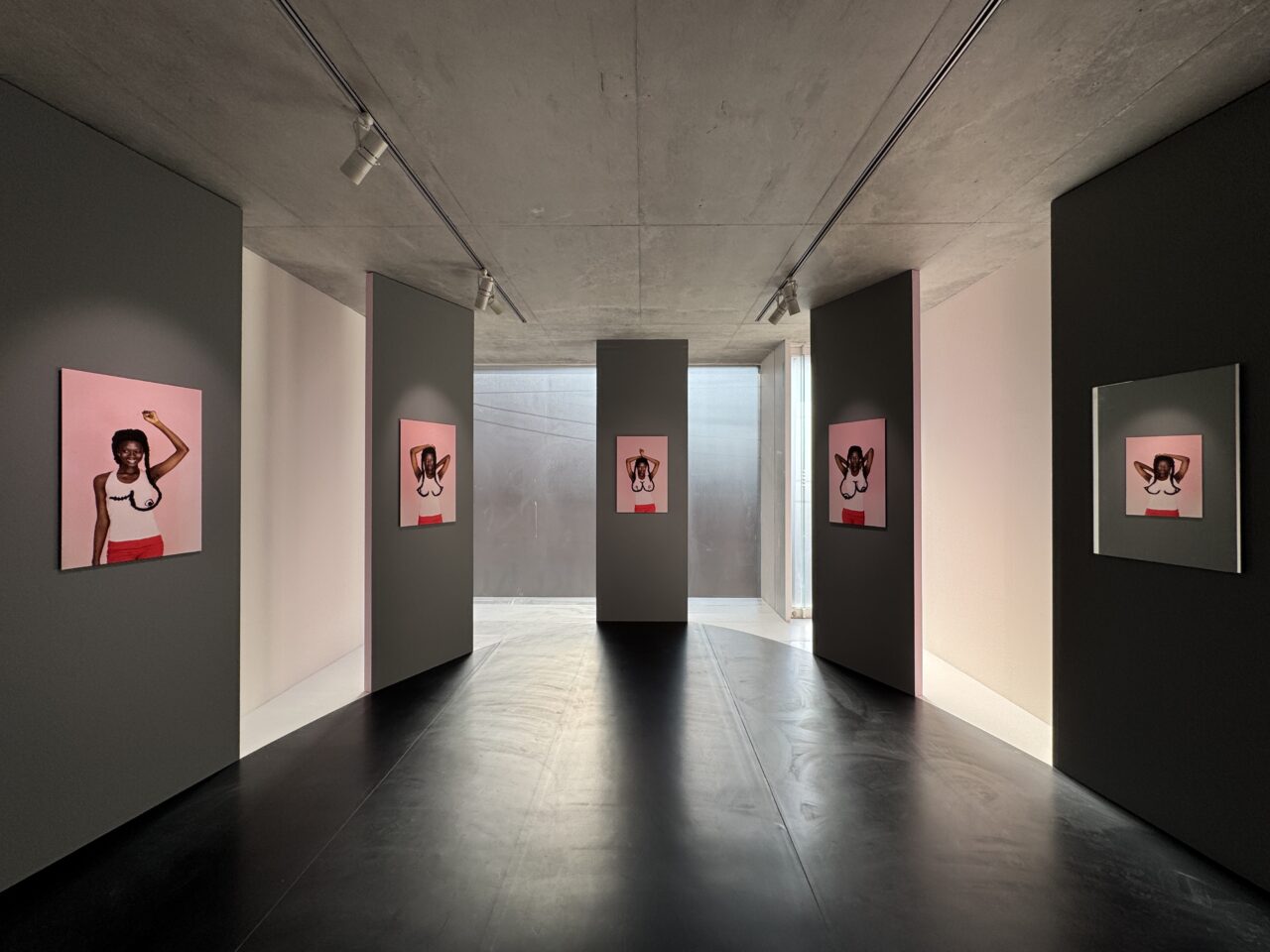
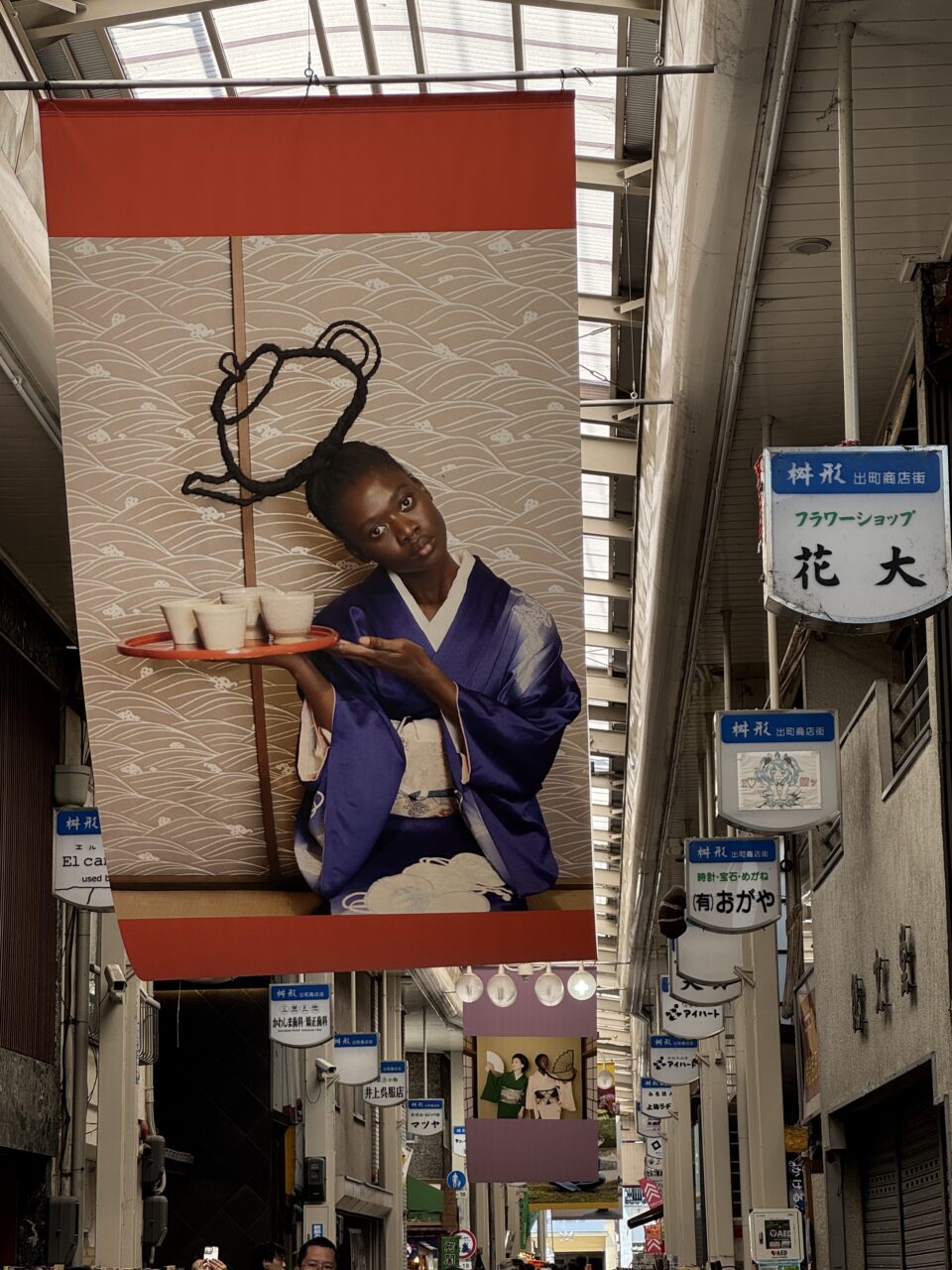

Laetitia Ky, an artist who first gained recognition through Instagram, creates striking self-portraits featuring elaborate hairstyles inspired by those worn by women in pre-colonial Africa. While hairstyles and fashion often reflect the culture and history of a place, Ky explores how they can also speak to issues of gender and violence. Her series LOVE & JUSTICE turns this perspective on its head, using it as a means to question identity—both her own and that of women throughout history.
Meanwhile, A KYOTO HAIR-ITAGE features photographs taken during her 2024 residency in Kyoto. Infused with humor, the series playfully captures and reimagines her experiences and impressions of the city through her signature sculptural hair art.
Kyoto-Exclusive Venues: Ryosokuin and Higashi Honganji
At Ryosokuin, an ancient temple in Higashiyama, Éric Poitevin’s Ryobo — The Space Between was on view with support from Van Cleef & Arpels.

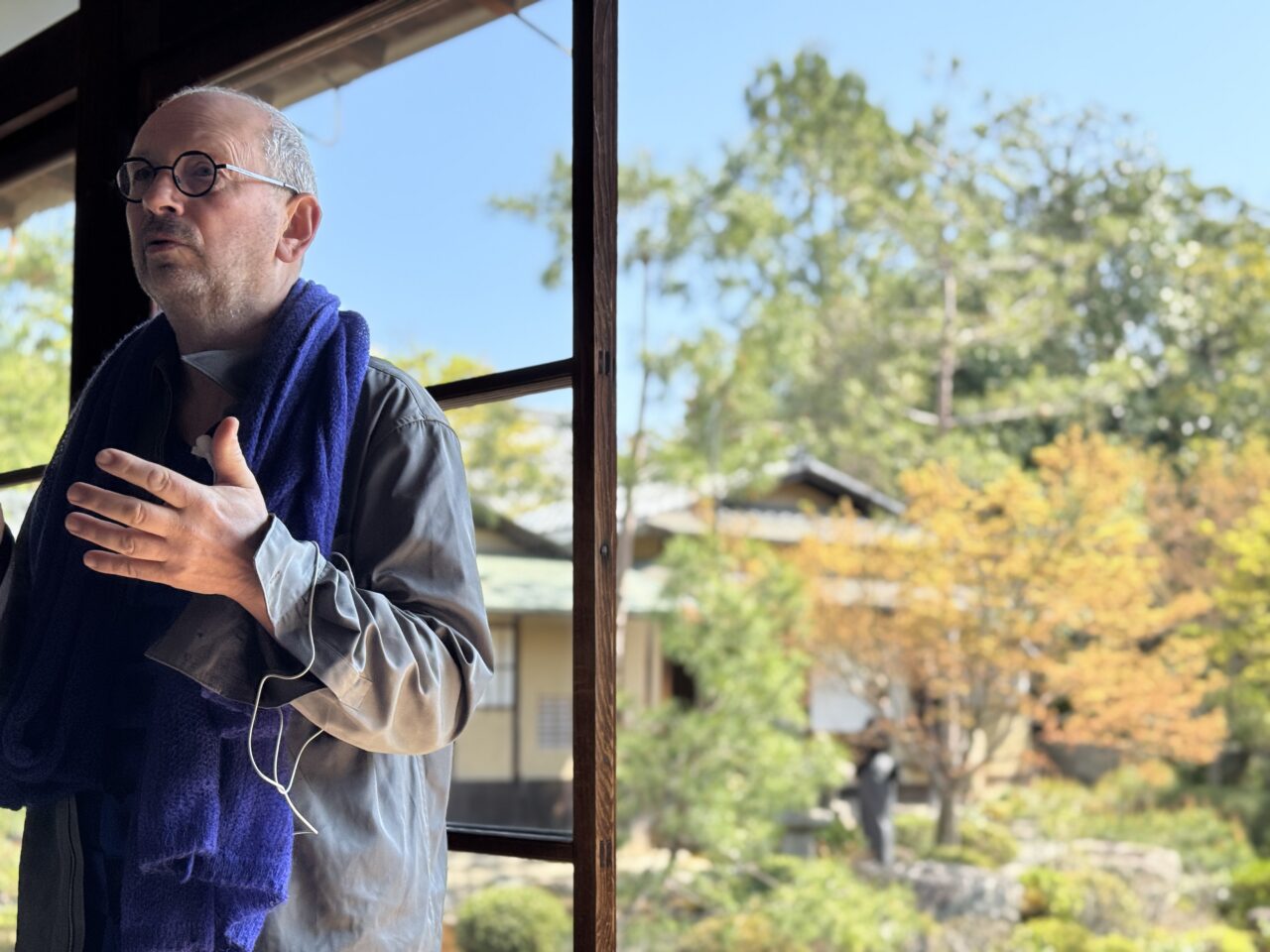
Éric Poitevin, known for translating classical motifs—such as vanitas paintings, the 17th-century Dutch still lifes that symbolized mortality and the transience of life—into photography, installed his work within the traditional architecture of Ryosokuin, an ancient temple in Higashiyama. The staging of contemporary photography within Kyoto’s historical spaces is a signature of KYOTOGRAPHIE’s scenography. Yet this approach can sometimes feel excessive—and this exhibition was a prime example. Visually striking and unmistakably “Kyoto,” but perhaps a bit too on the nose.
Meanwhile, at the Grand Entrance Hall of Higashi Honganji — used for the first time as a KYOTOGRAPHIE venue — Eamonn Doyle presents K.
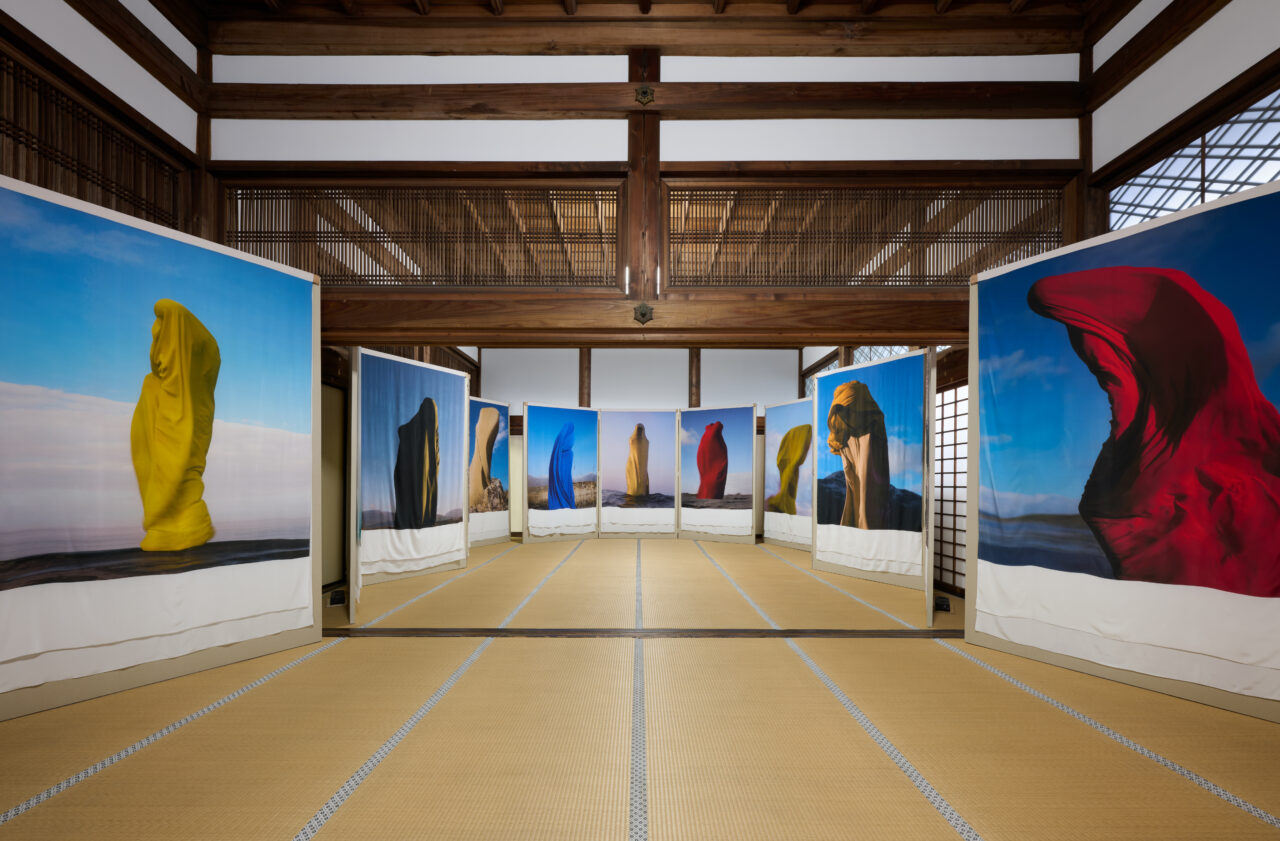
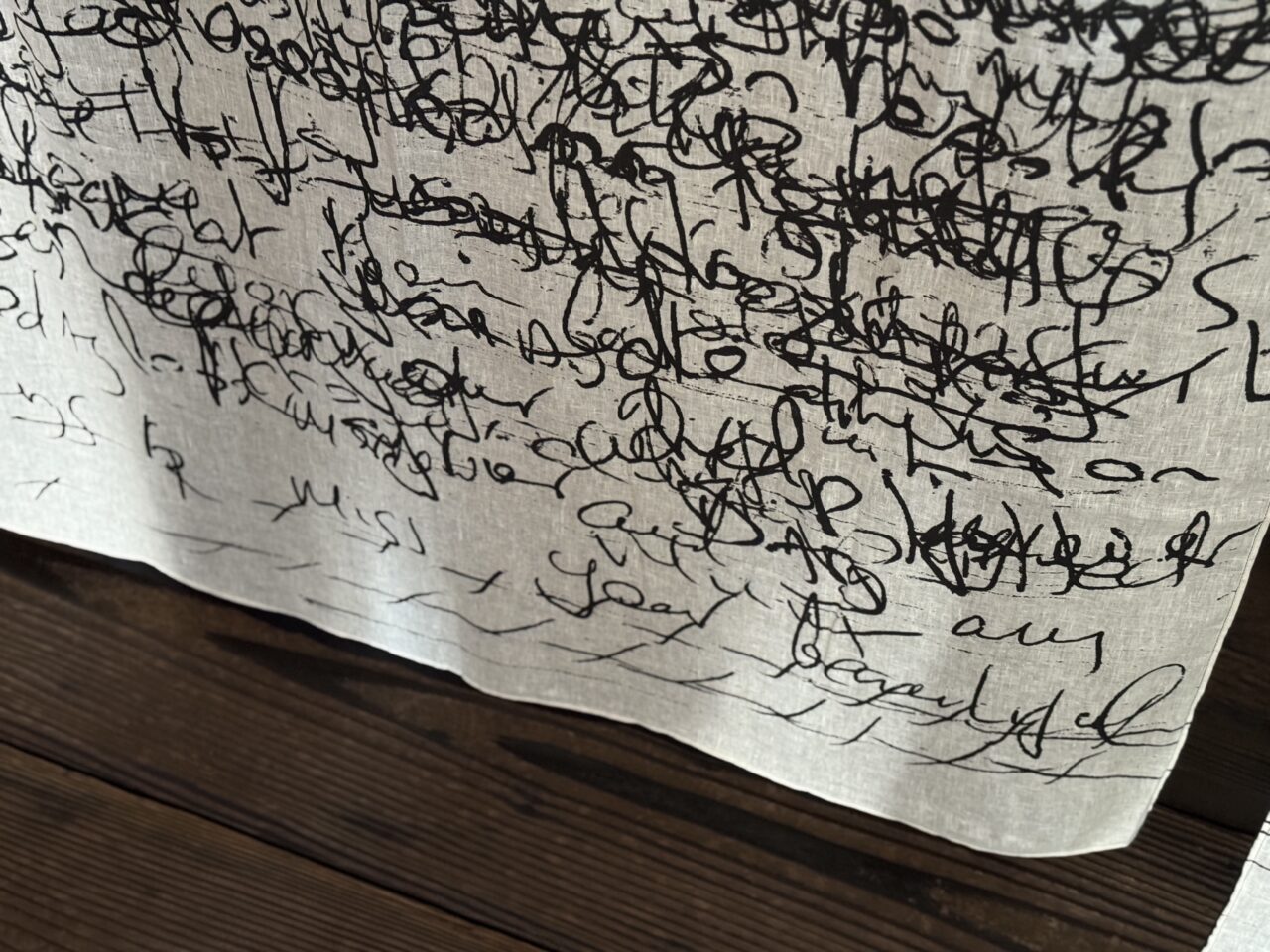
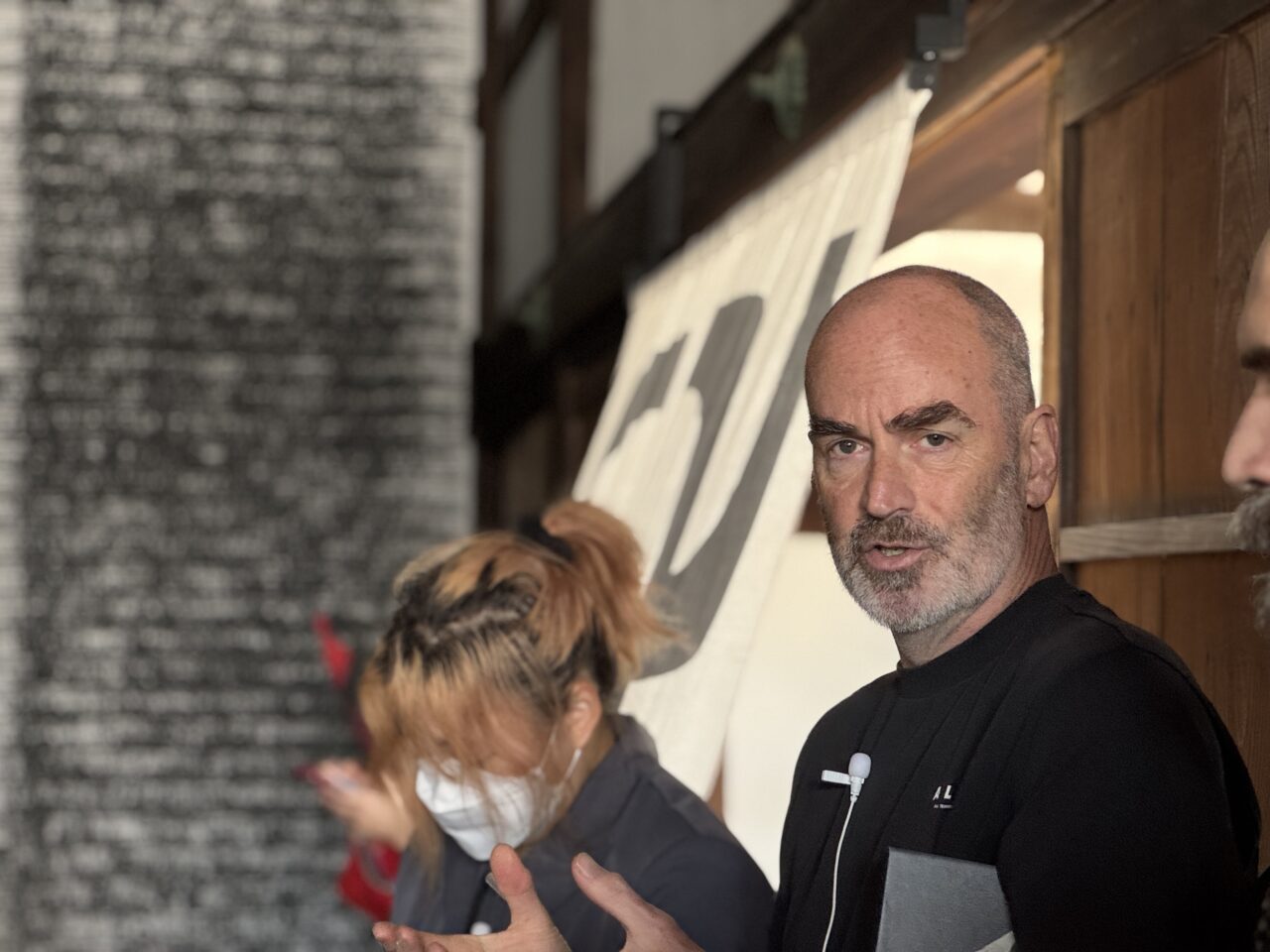
Included in the body of work honoring the artist’s late brother and mother are 100 letters written by the mother to her brother, who died at the age of 33. Equally striking was the evocative sound collage of an Irish lament, created by David Donohoe, a musician who has collaborated with Doyle for many years.
An Exclusive Collaboration of Two Artists
At the Shimadai Gallery East Building, The Anonymous Project presents “Being There” by Lee Shulman and Omar Victor Diop was on display.

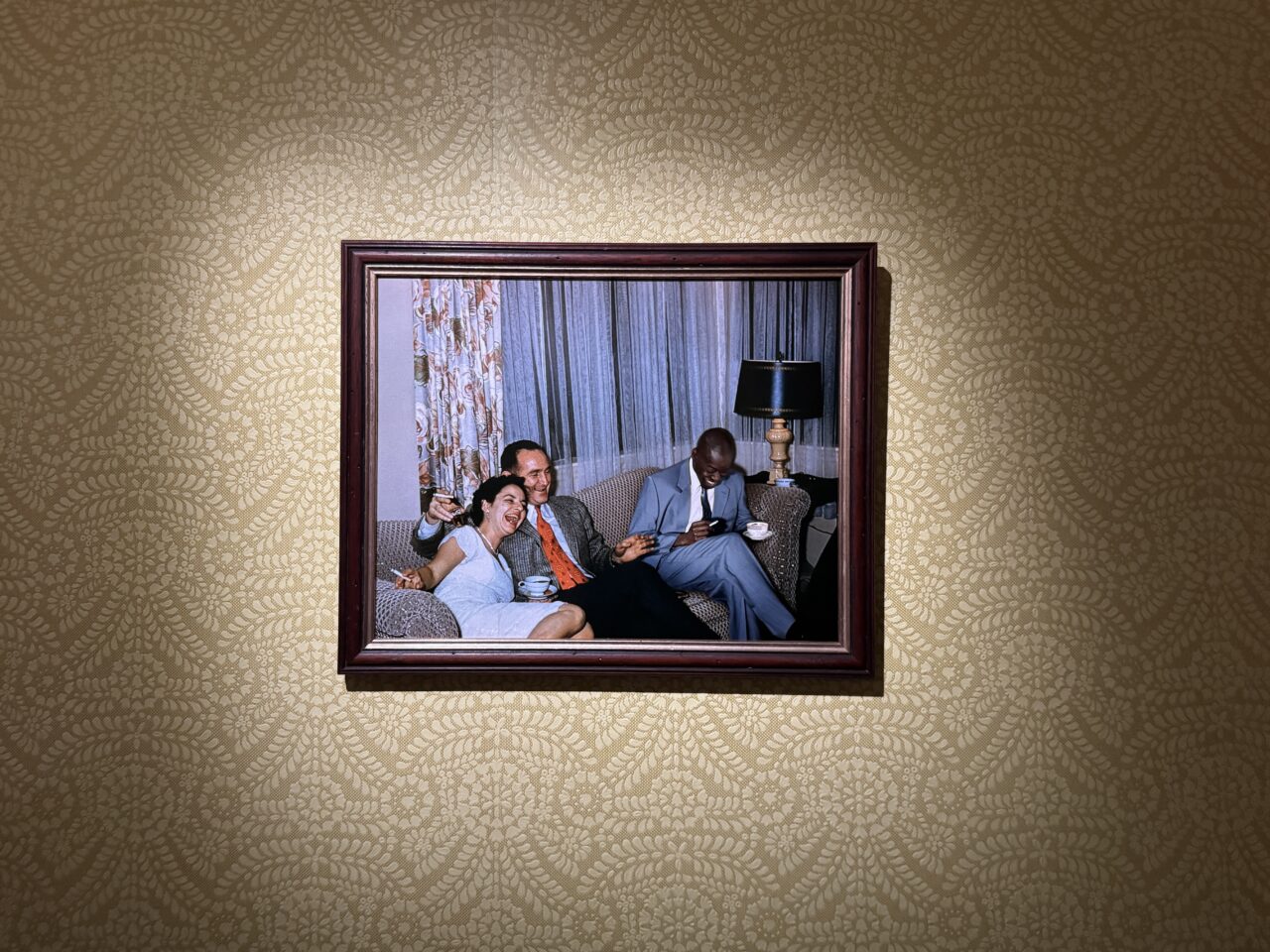
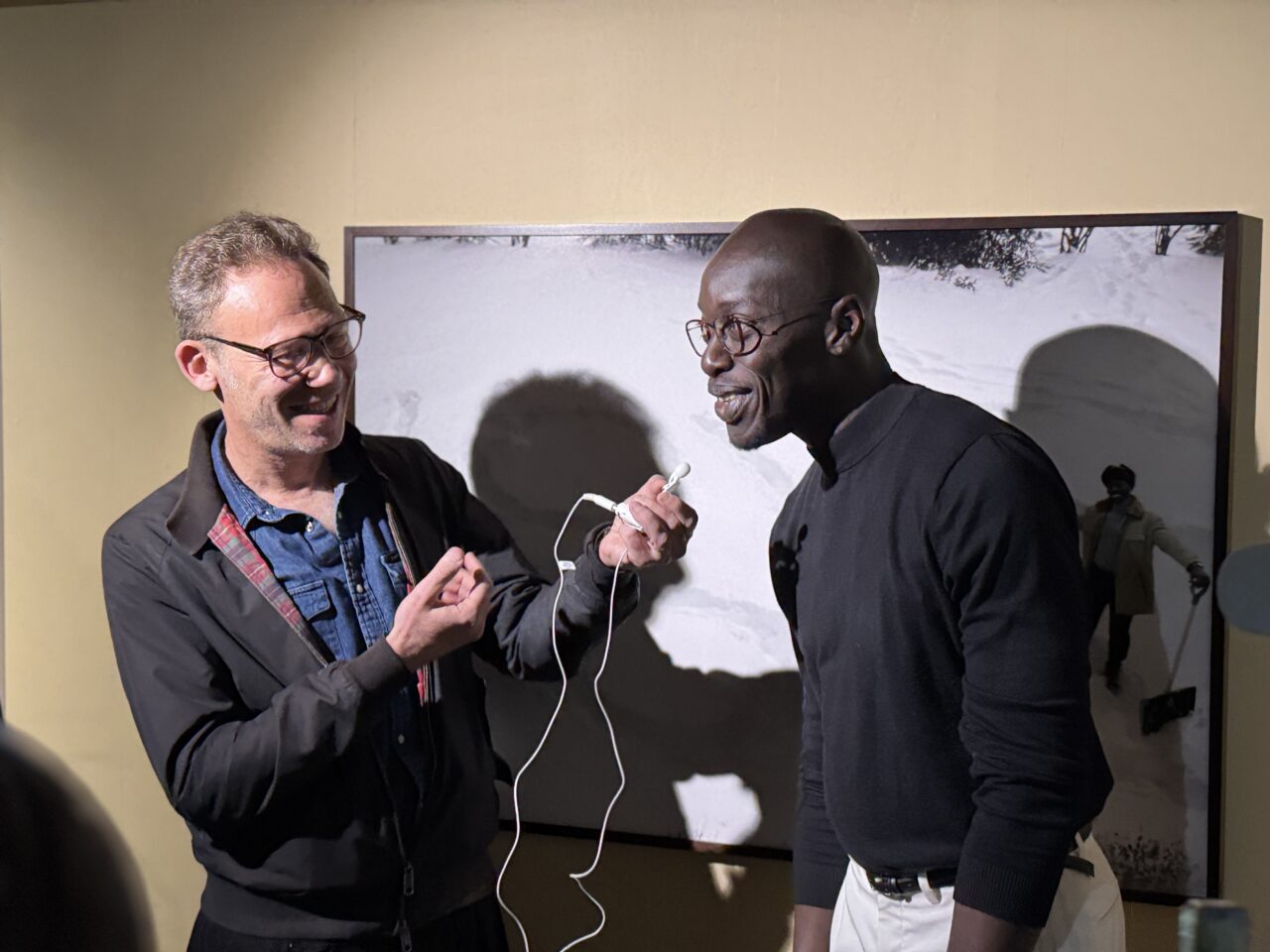
This exhibition is a collaborative project by two artists. Lee Shulman, who founded The Anonymous Project — a collection and archive of family photographs of unknown individuals — invited Omar Victor Diop, a Senegalese photographer known for his self-portraits portraying historical and fictional characters, to join the project. Many of the family photos, taken in North America during the 1950s and 1960s, predominantly feature white subjects. At a time when racial segregation and the civil rights movement were at their peak, it was uncommon for white and Black people to appear together (and equally) in photographs. By digitally inserting Diop’s contemporary image into these historical photos, the work highlights this racial imbalance.
Featured Artist: Pushpamala N from India
At the Kyoto Museum of Culture Annex, a major solo exhibition by Pushpamala N, organized by CHANEL Nexus Hall, was on display.
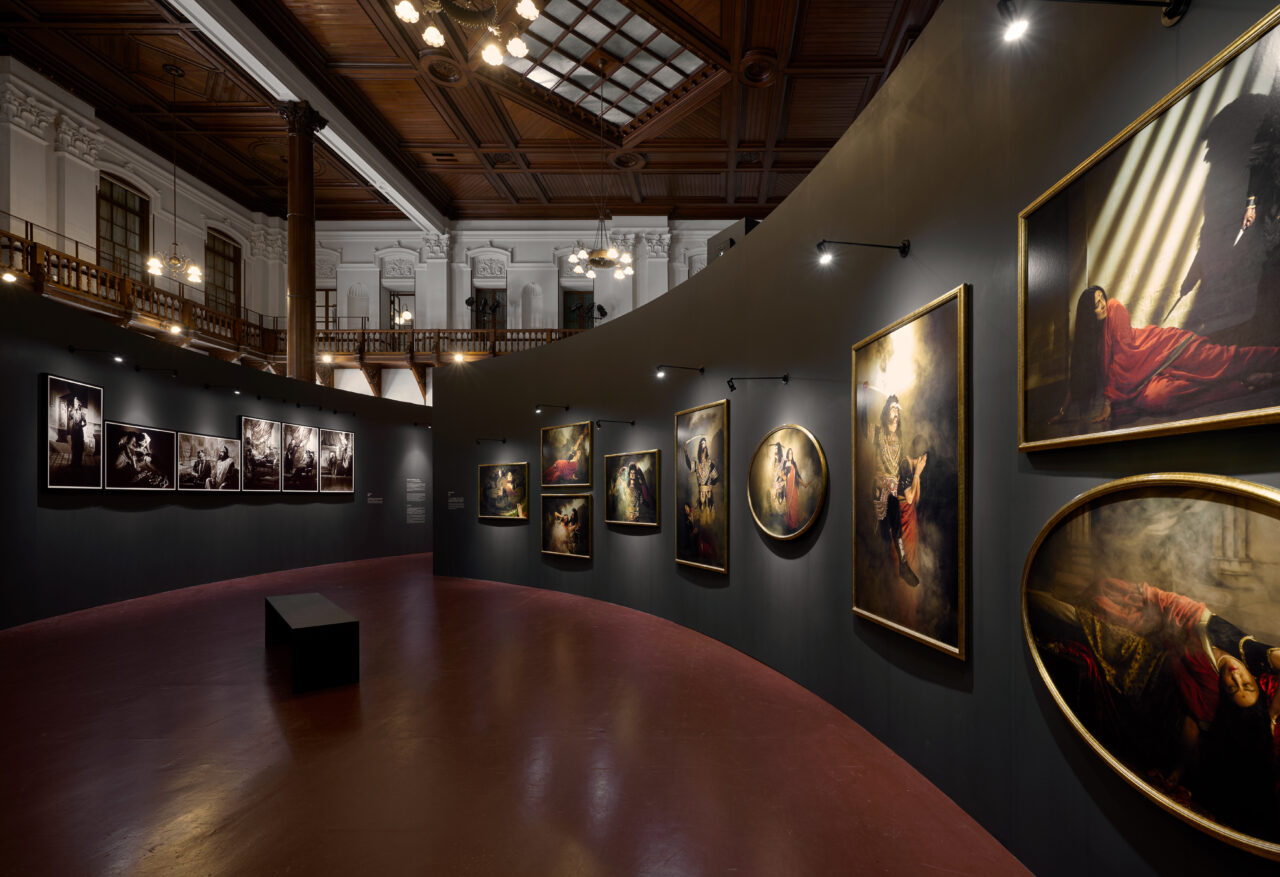
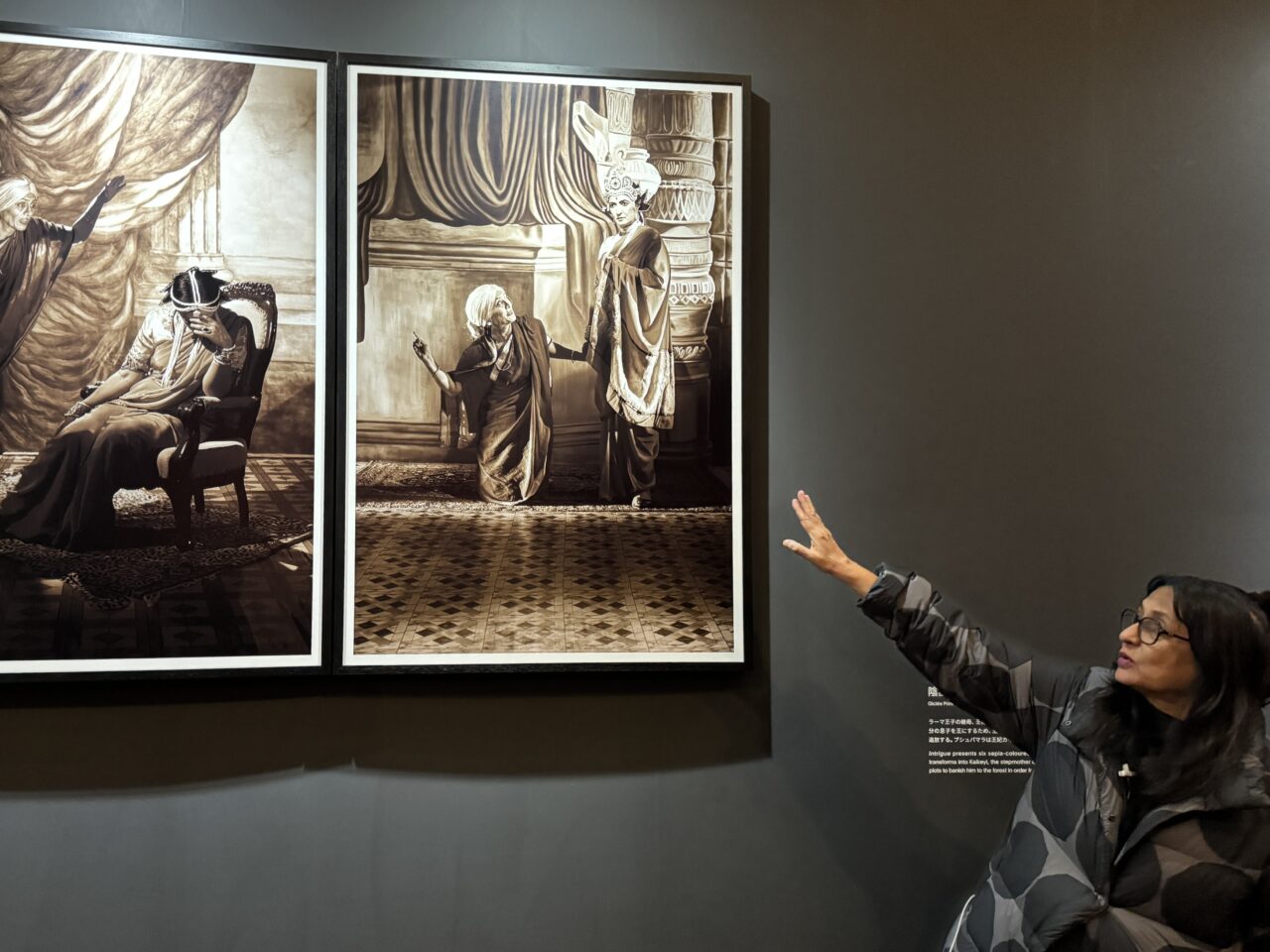
This was another exhibition that left a strong impression. Pushpamala N, an artist from India, creates works in which she reenacts various scenes from the Hindu epic Ramayana. According to the artist, these myths are highly political and have influenced nationalist movements in India. Furthermore, although women play significant roles in these stories, the mythological world has traditionally been told from a male-centered perspective, which structurally oppresses women. Through her work, Pushpamala N critiques and challenges these historical injustices.
A Work Echoing Postwar Okinawa in the Drama Fence
At the Hondaya Genbee Takein no Ma room, works by Mao Ishikawa were exhibited with support from Sigma.

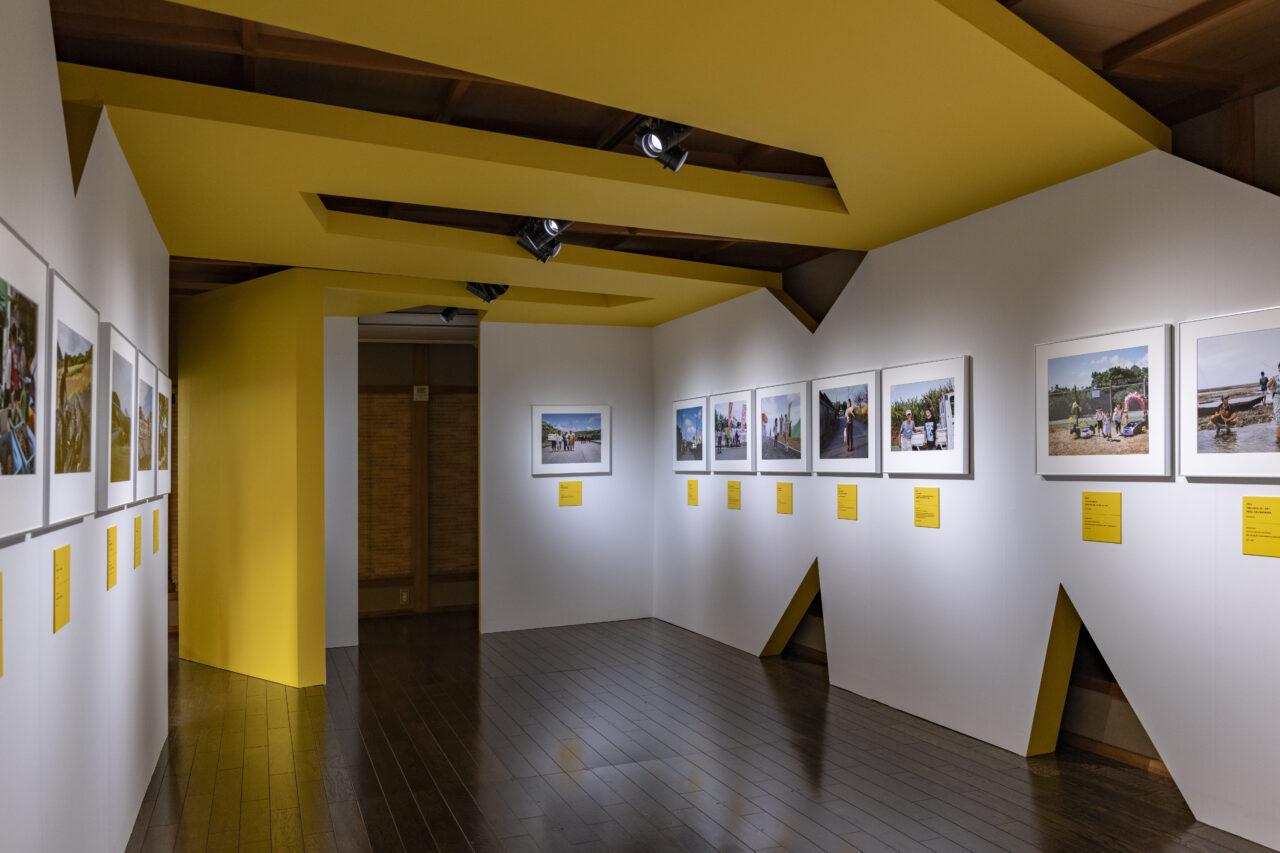

Mao Ishikawa is a photographer who continues to work in Okinawa. This exhibition features two series: her early work Red Flower and pieces related to The Great Ryukyu Photographic Scroll, an ongoing project. Her works offer a powerful reevaluation of Okinawa—historically exploited by “Japan”—through the perspectives of both a photographer and a woman. Rather than dwelling in pessimism, her imagery is consistently strong and resilient. This exhibition is especially recommended for those who developed an interest in postwar Okinawa after watching the drama Fence (written by Akiko Nogi, known for The Full-Time Wife Escapist), currently streaming on Amazon Prime.
At the Kurochiku Manzo Building, visitors could see To the Bone by Keijiro Kai.
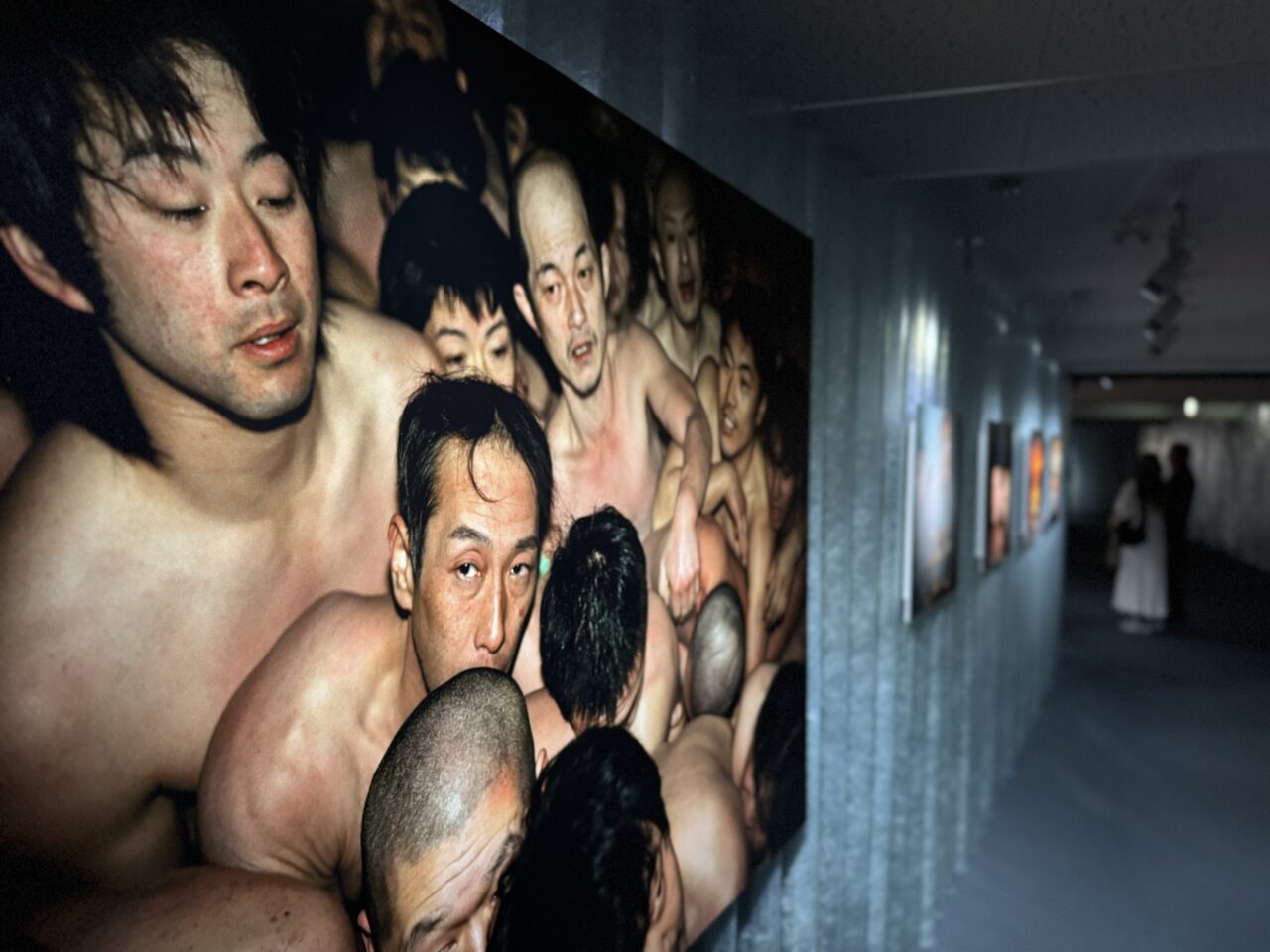
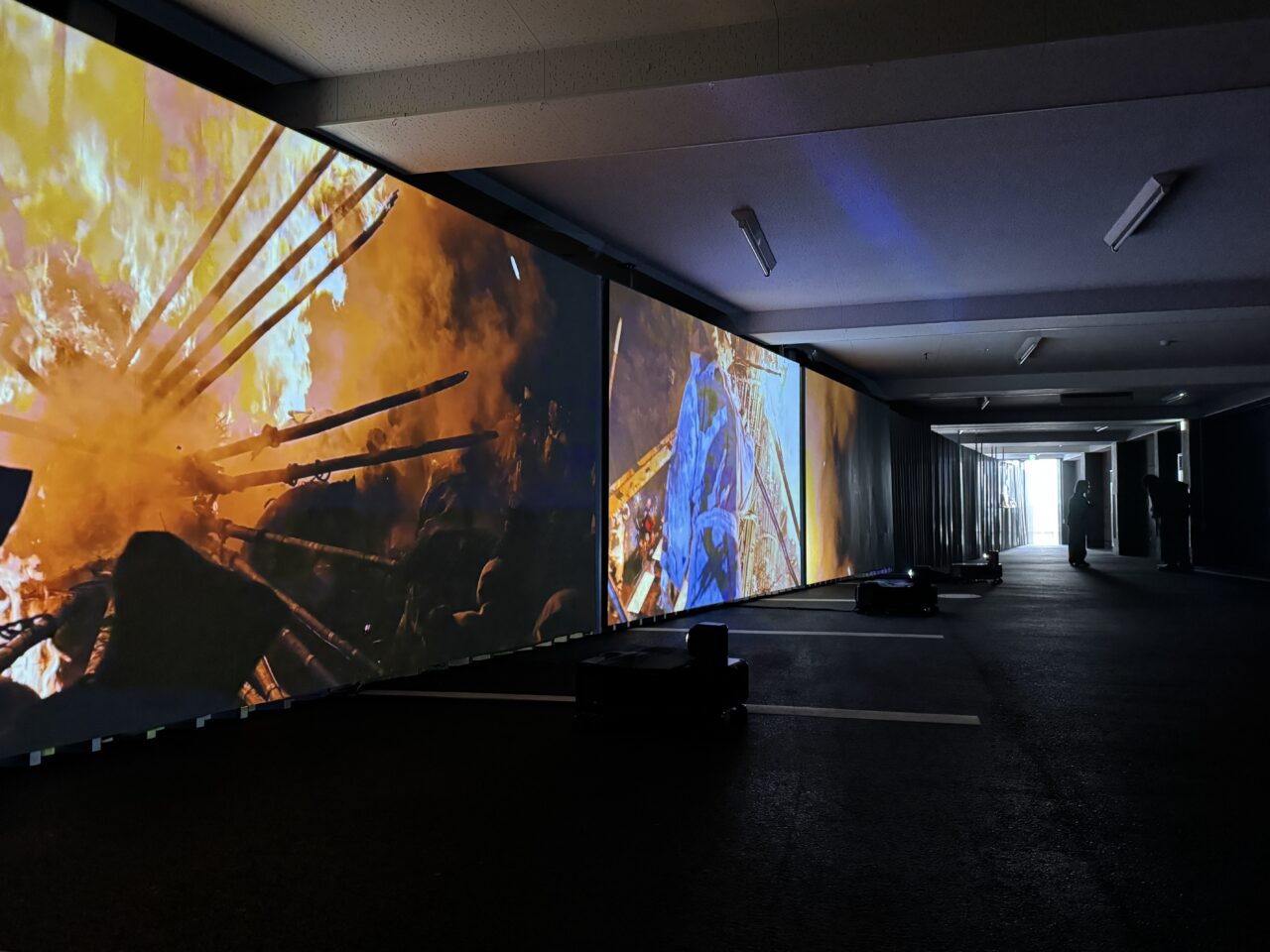
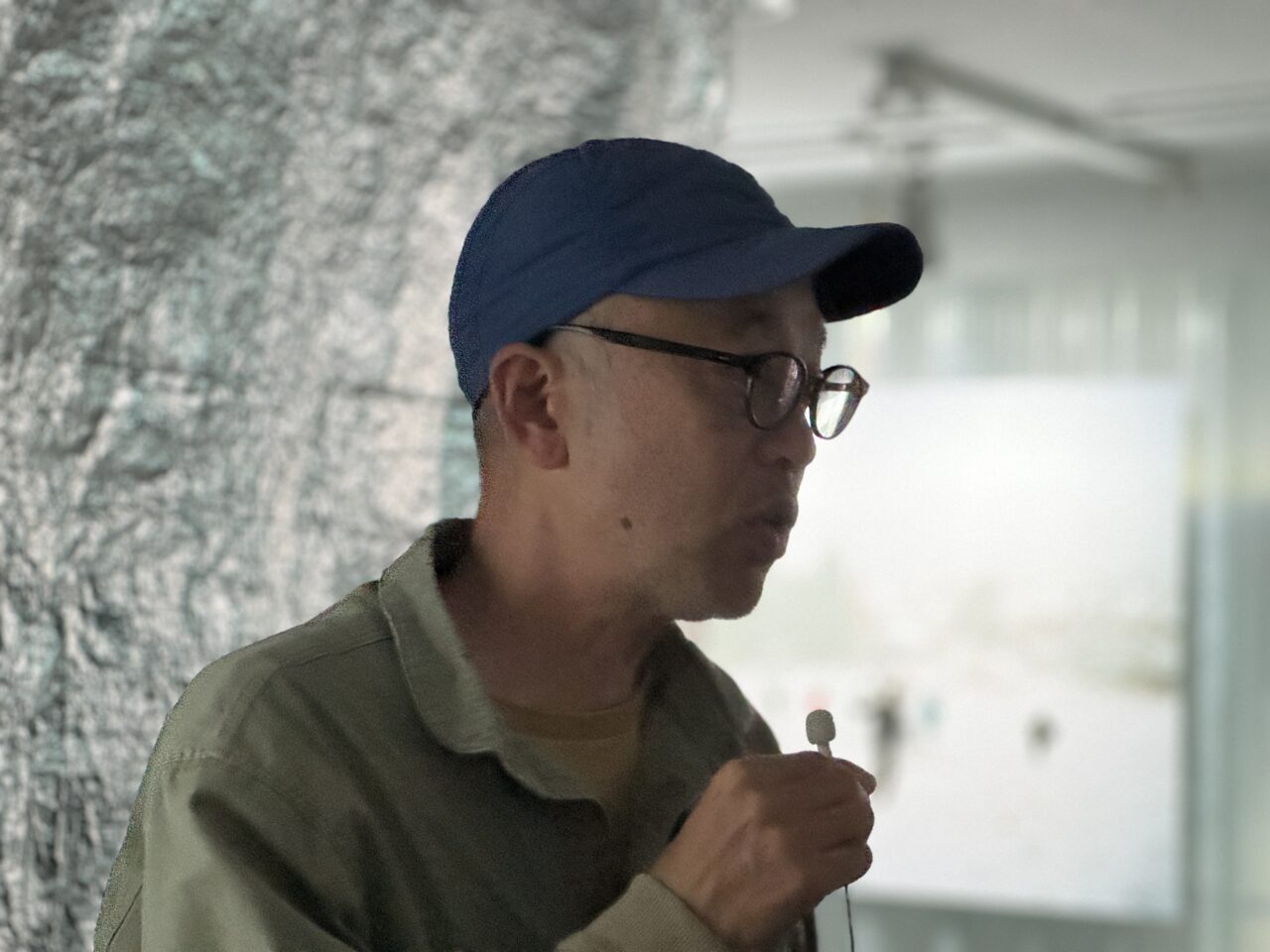
Though their approaches vary, this exhibition, coming after two artists who broadly address feminism, presents a distinctly masculine perspective. Keijiro Kai has traveled to England and Georgia to document festivals believed to be the origins of football, and from there, he has expanded his focus to Japan’s “naked festivals” and “fire festivals.” Just as contemporary art and culture are increasingly revealing fresh insights through previously overlooked female viewpoints, this show offers a chance to critically reconsider and deepen the conversation around traditional, often overused, masculine perspectives and representations. The exhibition carries a strong sense of this evolving dialogue.
Serving as the festival’s final main showcase, Adam Rouhana’s The Logic of Truth was presented at Yachiku-an (the former Kawasaki family residence), which also functions as the event’s information center. Within the same venue, a small-scale exhibition titled Little Boy, curated by co-director and co-founder Yusuke Nakanishi, was also on view.

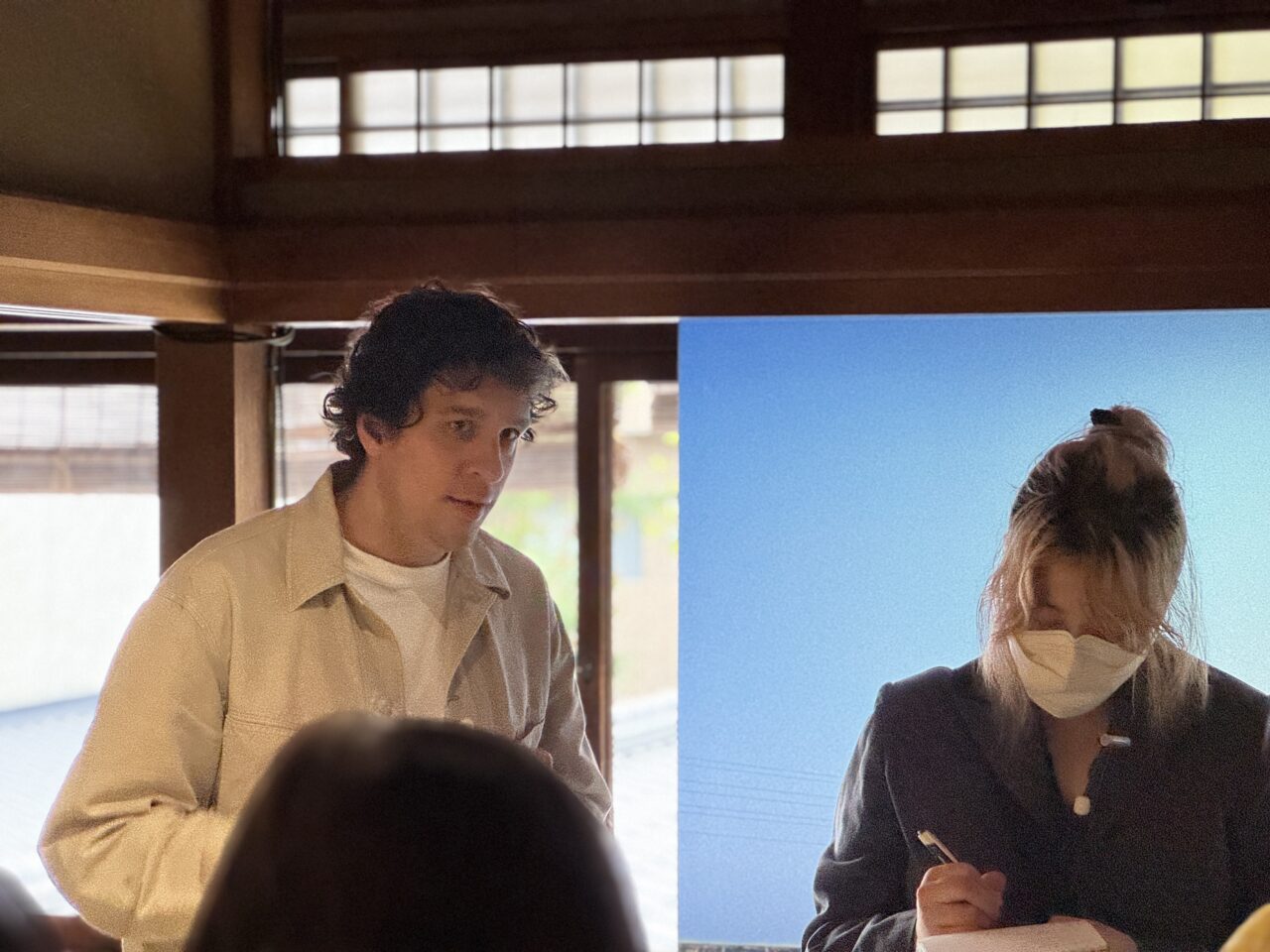
This series was created by a Palestinian-American photographer who captured everyday life in Palestine—scenes rarely seen amid the ongoing state of war. Journalism is one of the social functions of photography, and this work is committed to that aspect. However, similar to the critique raised in Éric Poitevin’s exhibition, there is a noticeable lack of attention to spatial design. The exhibition sometimes feels overwhelmed by the exoticism of the traditional Kyoto townhouse space, which may distract international viewers. It’s important to point out the apparent lack of engagement with the aesthetic and political dimensions that the work and its presentation inevitably carry.
Opening New Horizons for Art and Critique
At KYOTOGRAPHIE 2024, an article criticizing the festival’s inherent colonial tendencies stirred significant debate within the art community, leading the organizers to issue a rebuttal. While I don’t fully agree with every point raised in the article, I cannot dismiss the fact that the festival unconsciously curates its program through a lens rooted in European class structures—and reflects the mindset of Japanese liberals who, in practice, lean conservative and seek to internalize those norms.
I want to believe that art has the power to transcend the contradictions and hypocrisies of a society that outwardly celebrates humanity but simultaneously undermines it without hesitation—and that art can offer alternative ways forward. Yet, Adam Rouhana’s exhibition remains far from such a groundbreaking experiment or practice that truly expands the potential of art.
This critique also speaks to young artists across Japan and Asia today: Are artists and curators relying too heavily on the assumed virtue of affirming, empathizing with, and cherishing everyday life? It’s vital to reconsider the political and economic forces that precariously sustain these daily realities. Equally frustrating is the complacent acceptance of societal disillusionment or resignation as a form of mature wisdom.
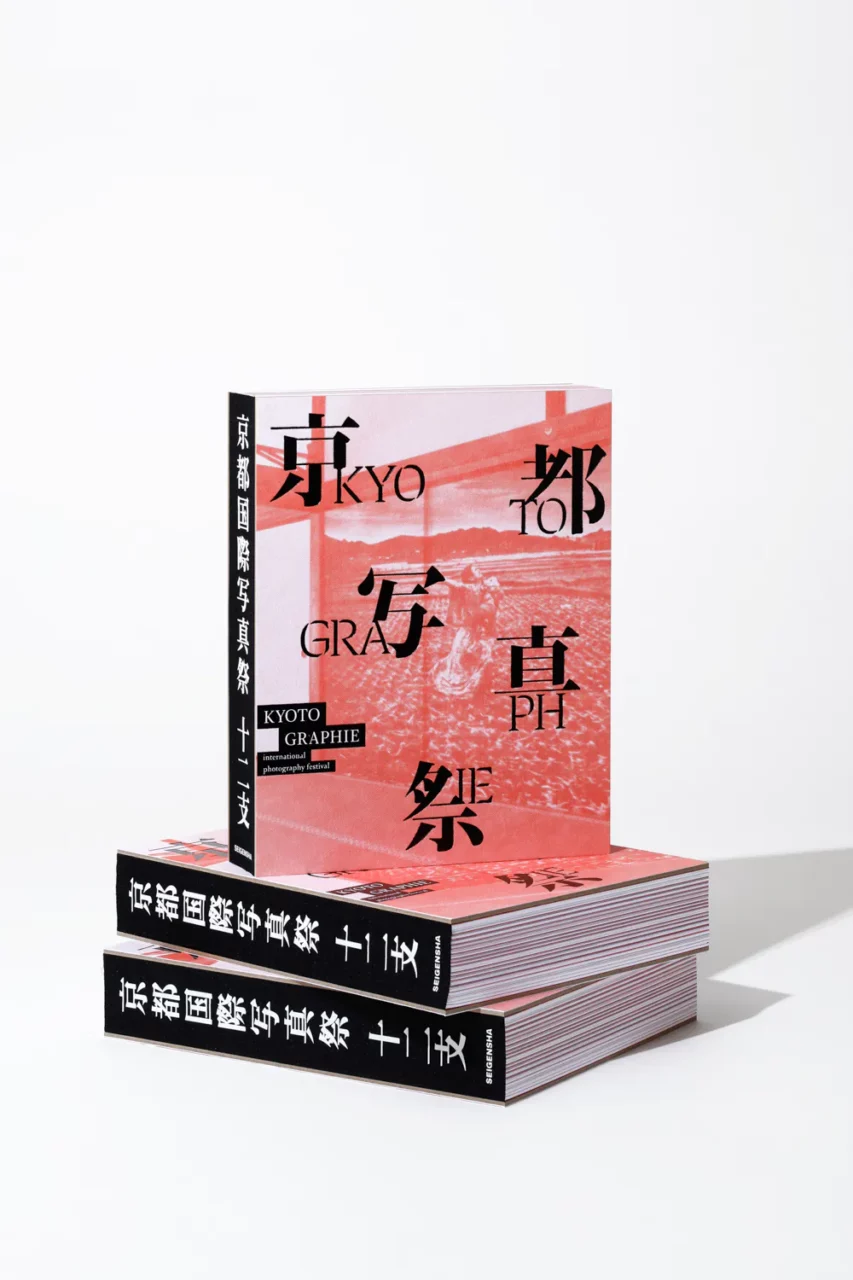
Celebrating 10 Years of KG+ SELECT: Supporting Emerging Artists
That said, KYOTOGRAPHIE reveals another facet, best represented by KG+ SELECT, which marked its 10th anniversary in 2024.
KG+ SELECT is an open-call program organized in partnership with KYOTOGRAPHIE. This year’s award ceremony, held at the Kyoto Art Center auditorium, drew a noticeably younger and more diverse crowd compared to the festival’s main events. Several past recipients also joined the stage to share reflections on how KG+ SELECT helped advance their careers, creating a truly inspiring moment. The ongoing, dedicated support from Sigma, the camera manufacturer, for nurturing emerging talent stands as one of KYOTOGRAPHIE’s greatest strengths.
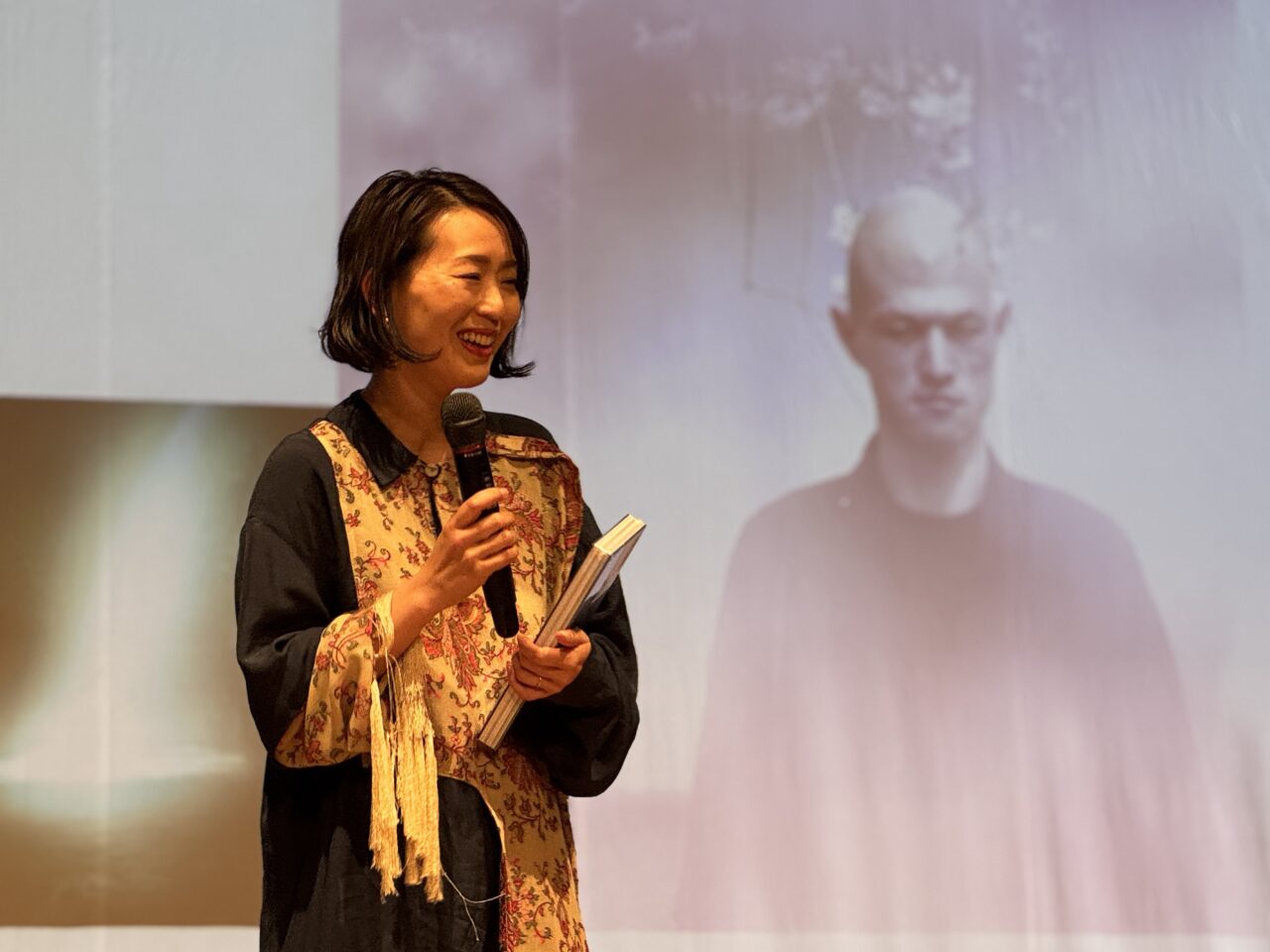
This year’s standout award went to SHINE HEROES by Federico Estol, an artist based in Uruguay. Around La Paz and El Alto, approximately 3,000 shoeshiners work daily on the streets. Due to the low social status attached to their profession, they wear ski masks to remain unnoticed. Estol draws a compelling parallel between these workers and masked heroes from comic books, framing the project as a “fiction that transforms discrimination into a story of struggle and survival.” The work’s optimistic outlook, practical approach, and its innovative expansion of photographic exhibition made it a worthy recipient of the award. Estol is set to hold a solo exhibition at next year’s KYOTOGRAPHIE, and he acknowledges the significance of showing his work in Japan—“on the other side of the world, a place I might never visit otherwise.” We should strive to connect more deeply with people and societies beyond our own, and fostering this connection is a vital role for international art festivals.

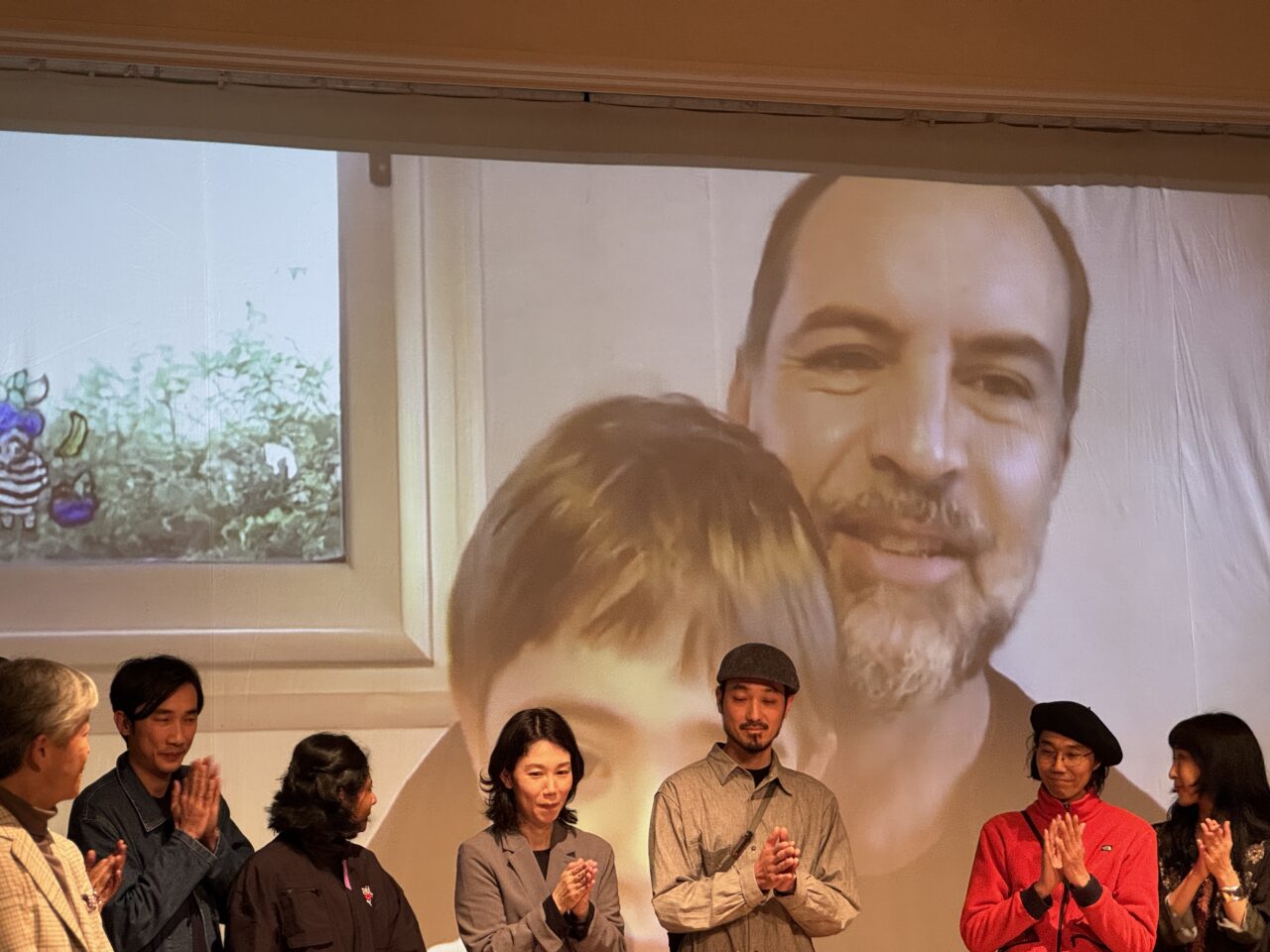
As “contemporary art” gains broader acceptance, Japan’s cultural environment is increasingly being challenged to demonstrate its contribution to economic value and profit. While adapting to this pressure may be unavoidable, it is by no means the essence of art. The great success of KYOTOGRAPHIE should lie in its closeness to people’s everyday lives and in helping to someday dispel their suffering and sorrow. Although the concept of “HUMANITY” encompasses a wide range of meanings, “humanity” fundamentally supports our smallness and vulnerability.

KYOTOGRAPHIE 2025
Dates:
Saturday, April 12 to Sunday, May 11, 2025
Venues:
- Kyoto Museum of Culture Annex
- Kyoto Shimbun Building Basement 1F (former printing factory) & 1F
- Wall corridor on the north side of Kyoto Station Building
- Kyoto City Museum of Art Annex
- Ryosokuin
- Hondaya Genbee, Takein no Ma Room
- Kurochiku Banzai Building
- ASPHODEL
- Yachiku-an (Former Kawasaki Family Residence)
- Gallery Sokei
- DELTA / KYOTOGRAPHIE Permanent Space, Demachi Masugata Shopping Arcade
- Shimadai Gallery
- TIME’S
- Higashi Honganji Grand Entrance
- Others
Participating Artists / Origins:
- Pushpamala N / India
- JR / France
- Graciela Iturbide / Mexico
- Eric Poitevin / France
- Martin Parr / United Kingdom
- Mao Ishikawa / Japan
- Adam Rouhana / United States
- Tamaki Yoshida / Japan
- Lee Shulman & Omar Victor Diop / United Kingdom, Senegal
- Keijiro Kai / Japan
- Eamonn Doyle / Ireland
- Laetitia Ky / Ivory Coast
- Hsing-Yu Liu / Taiwan
Organizer:
General Incorporated Association KYOTOGRAPHIE
Official Website:
https://www.kyotographie.jp/
12th Anniversary Commemorative Book:
KYOTOGRAPHIE: A Kyoto Story | The Zodiac
https://store.kyotographie.jp/product/kyotographie-a-kyoto-story/702
KG+SELECT2025
Dates:
April 12 (Sat) – May 11 (Sun), 2025
Some venues require admission fees; exhibition periods vary by venue.
Official Website:
https://kgplus.kyotographie.jp/
10th Anniversary Commemorative Book of the KG+SELECTSELECT Award:
KG+SELECTSELECT 10 YEARS, 10 ARTISTS
https://store.kyotographie.jp/product/kg-select-10-years-10-artists/780?si=true







